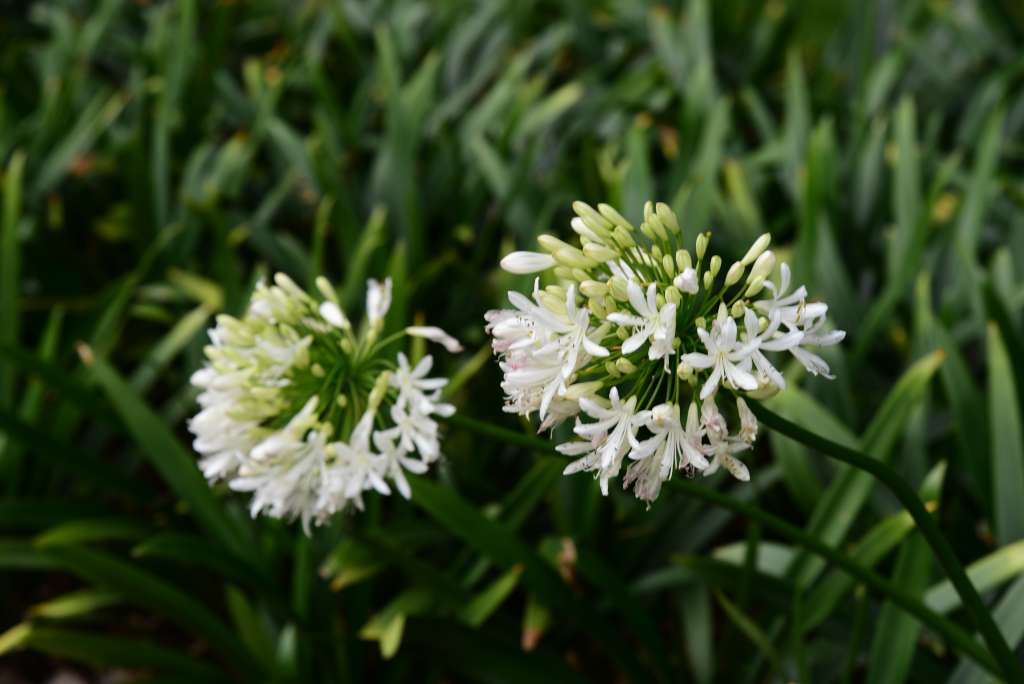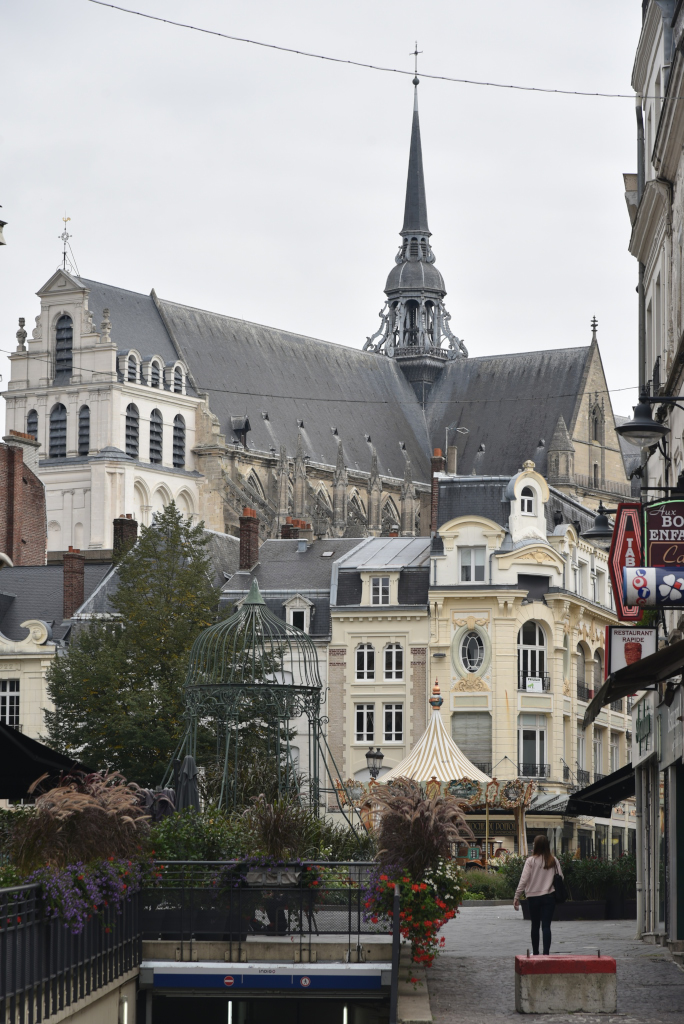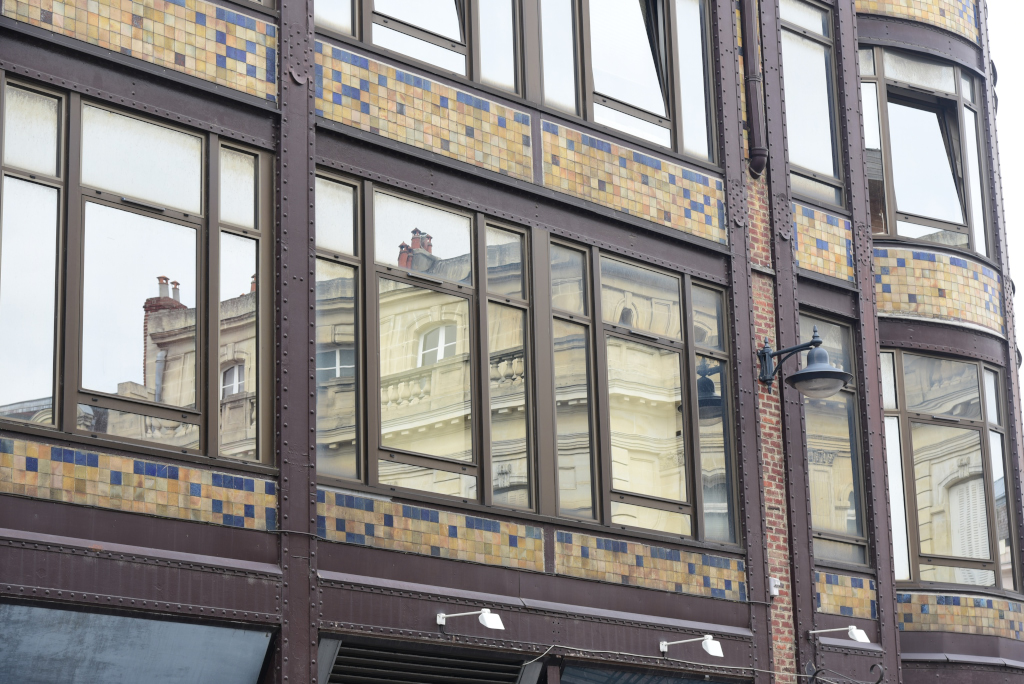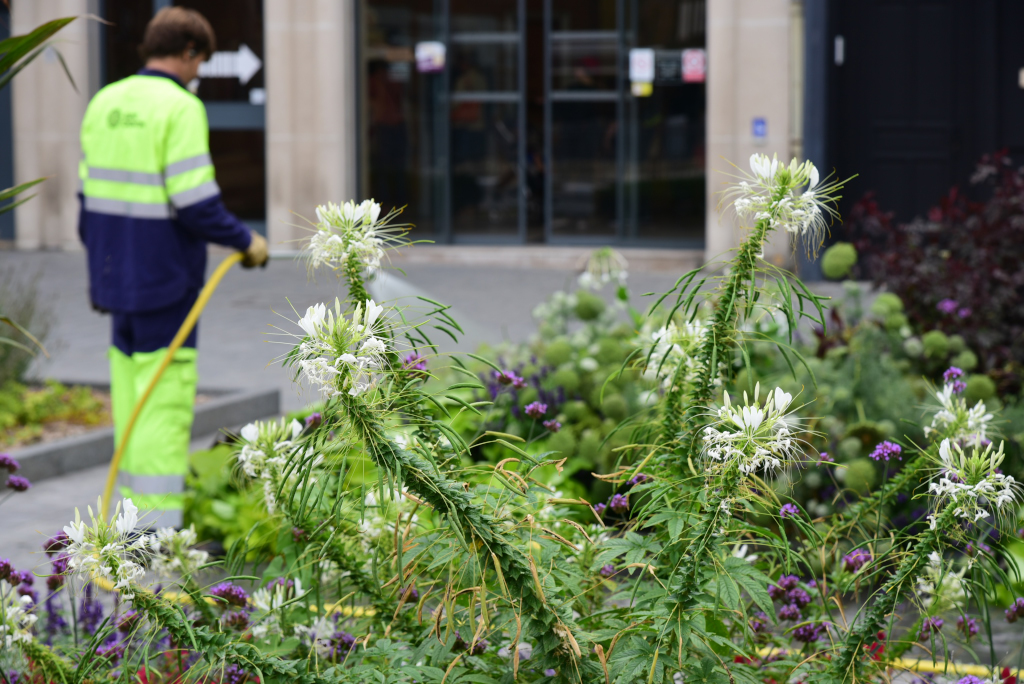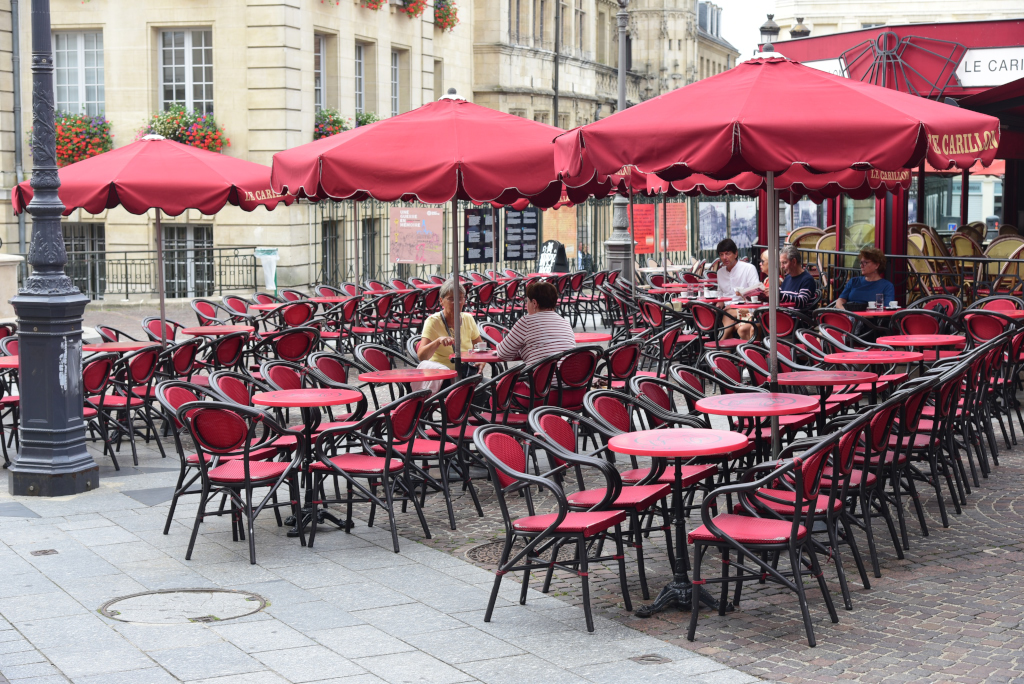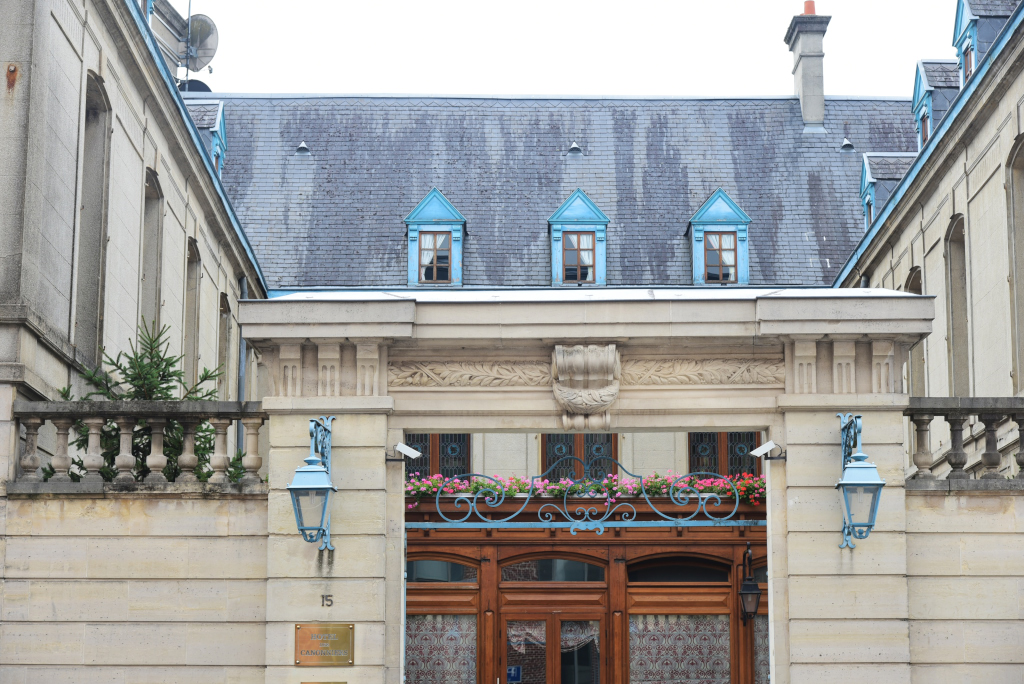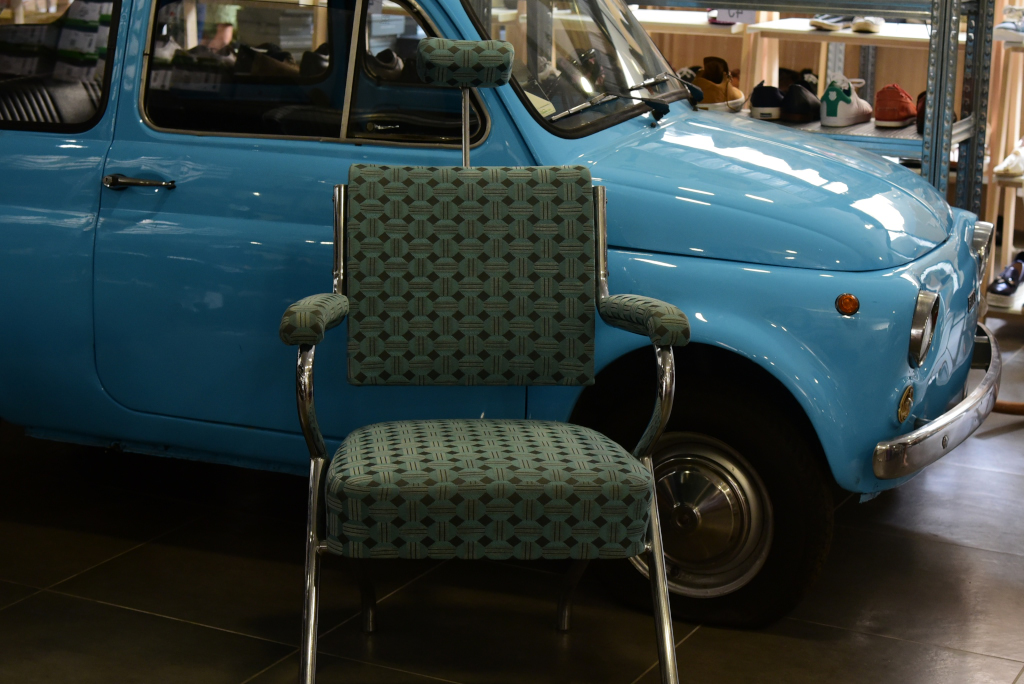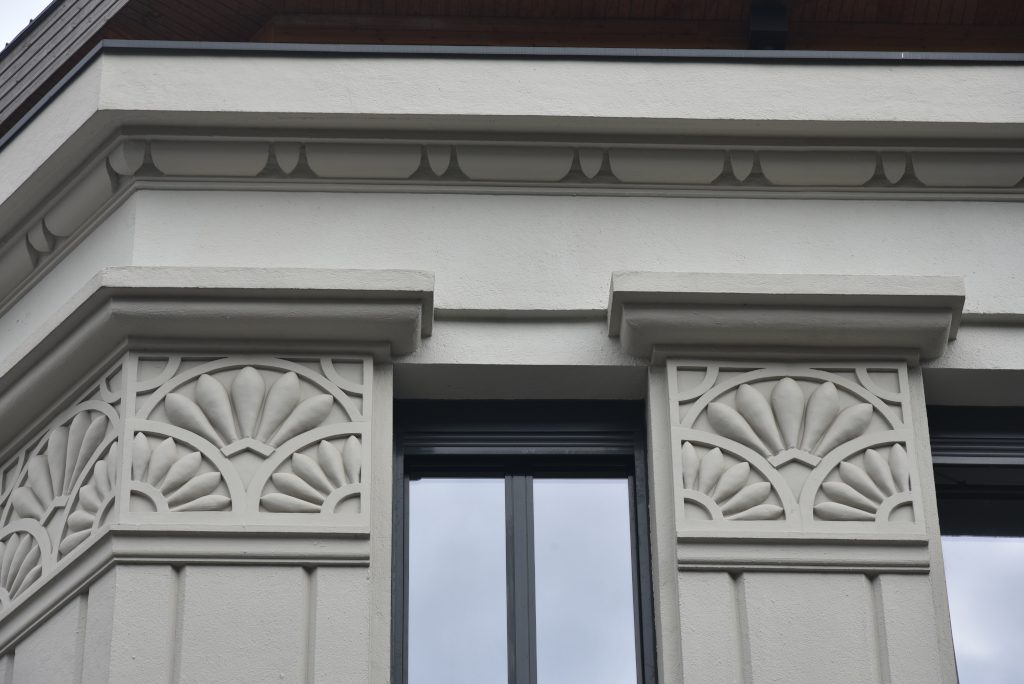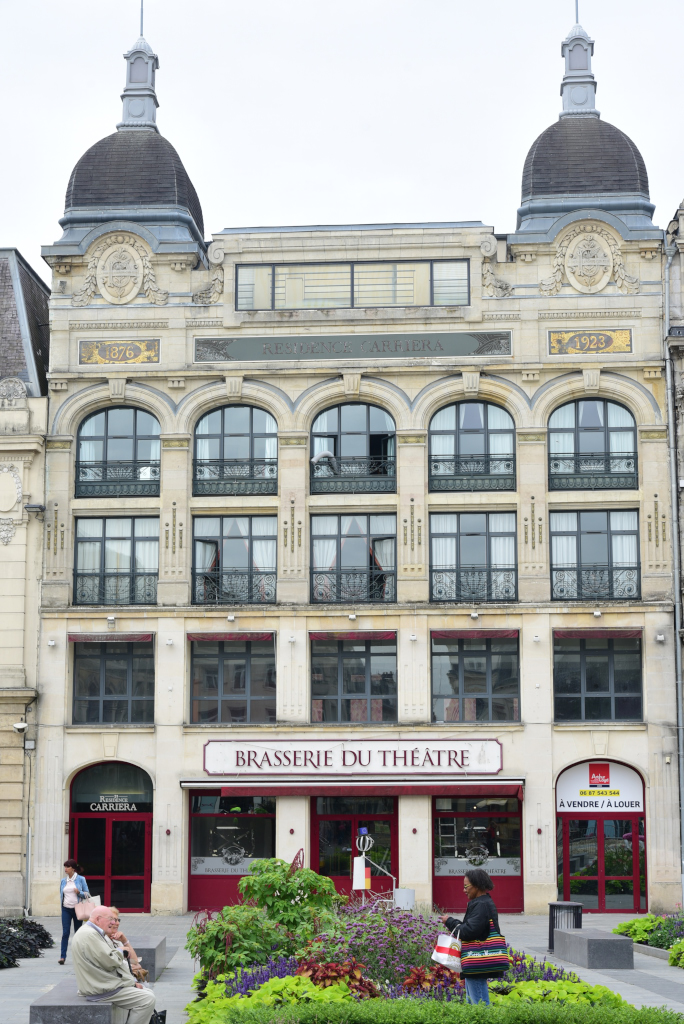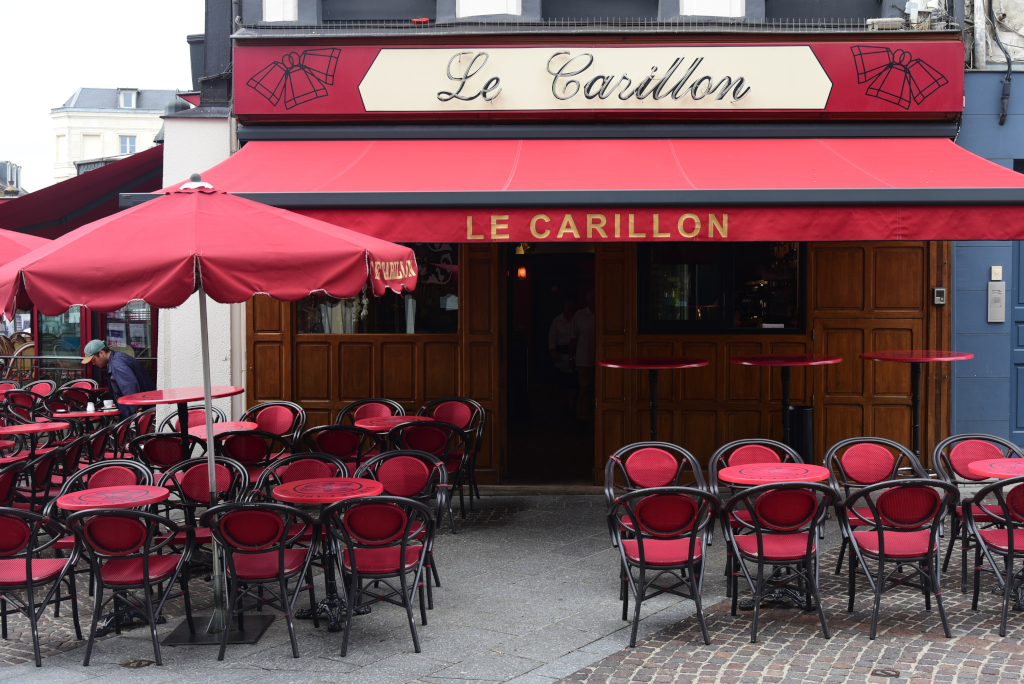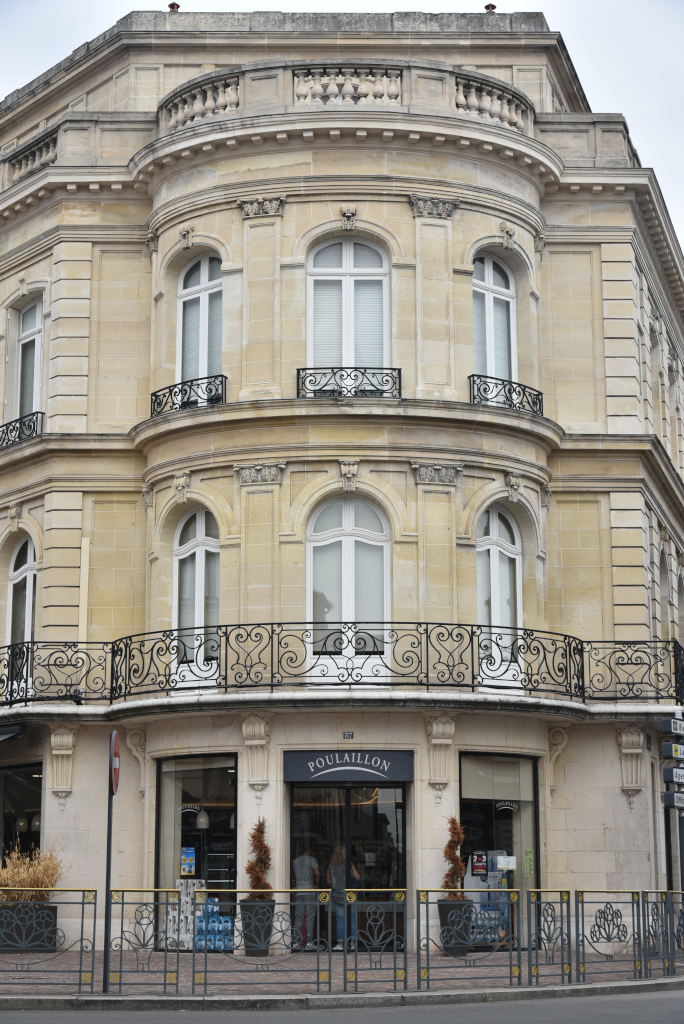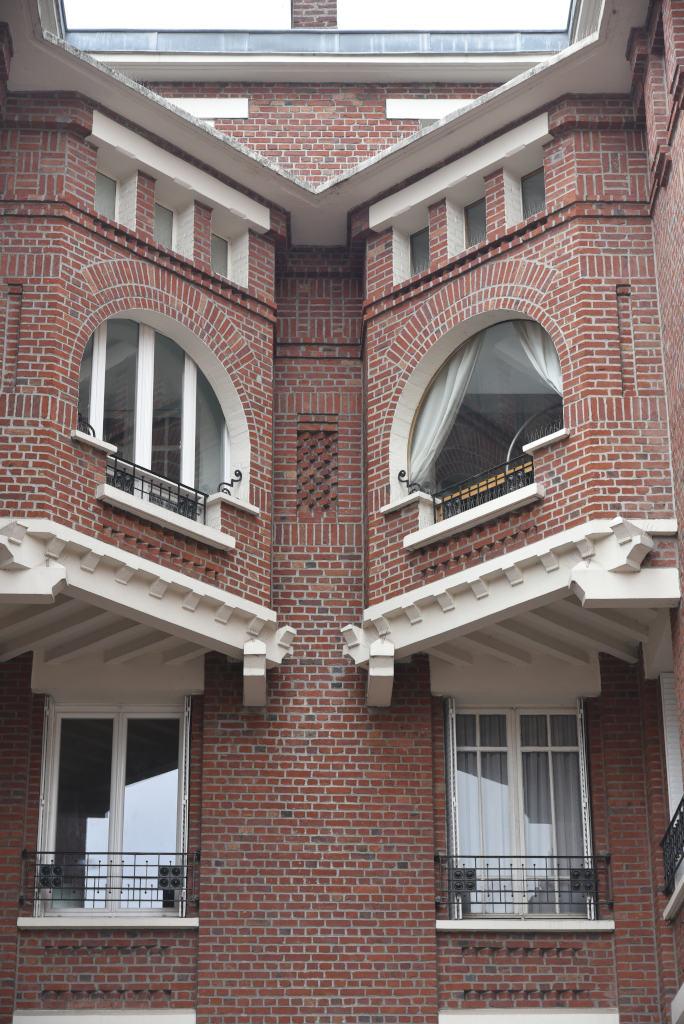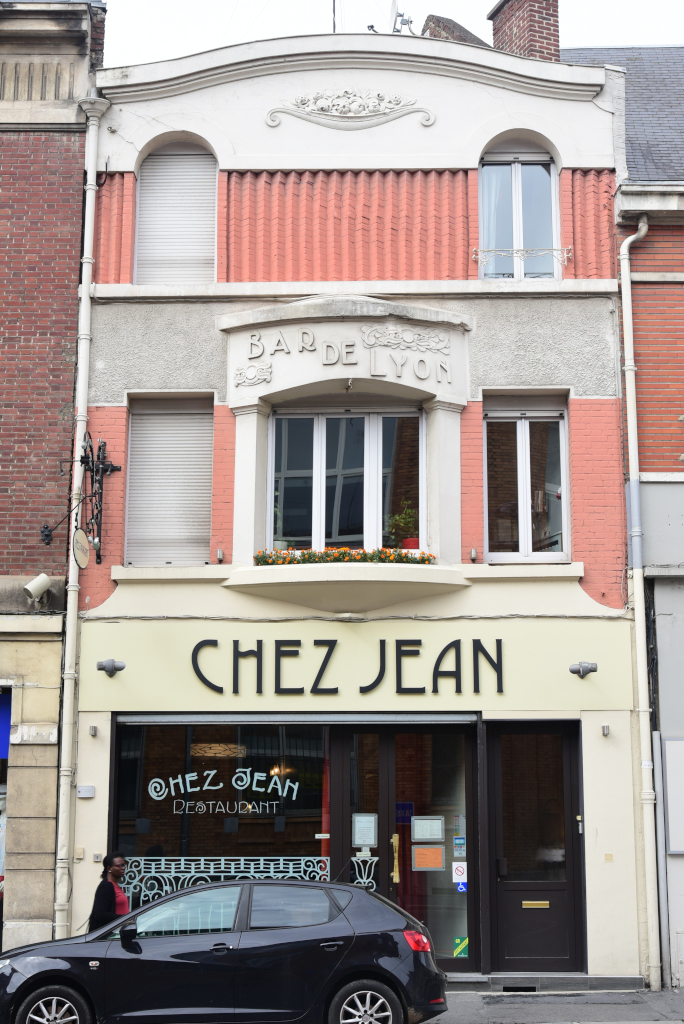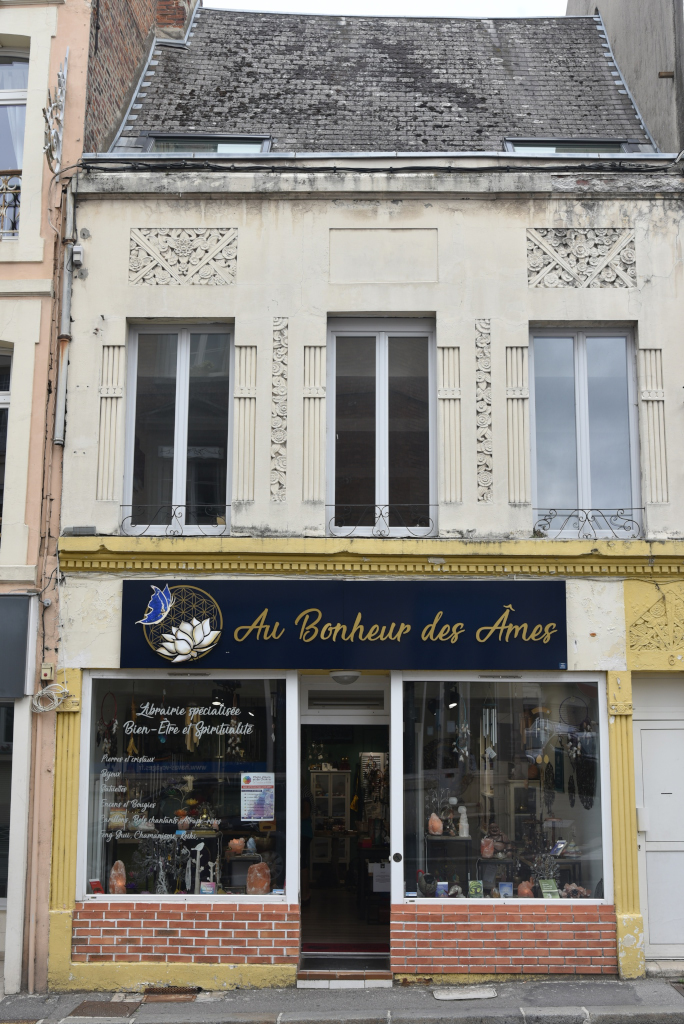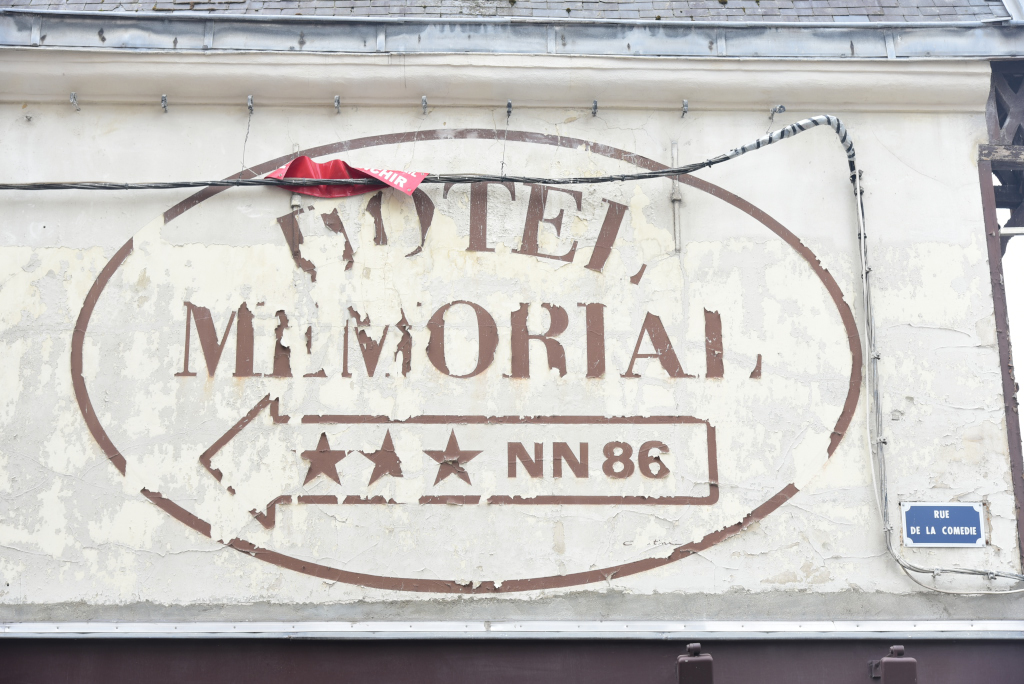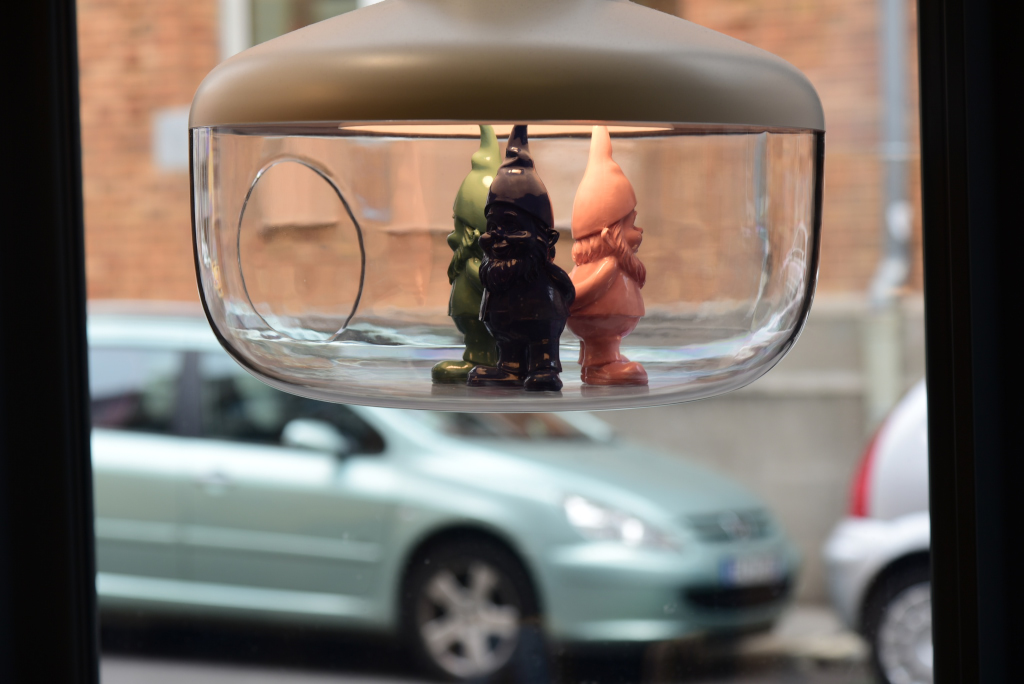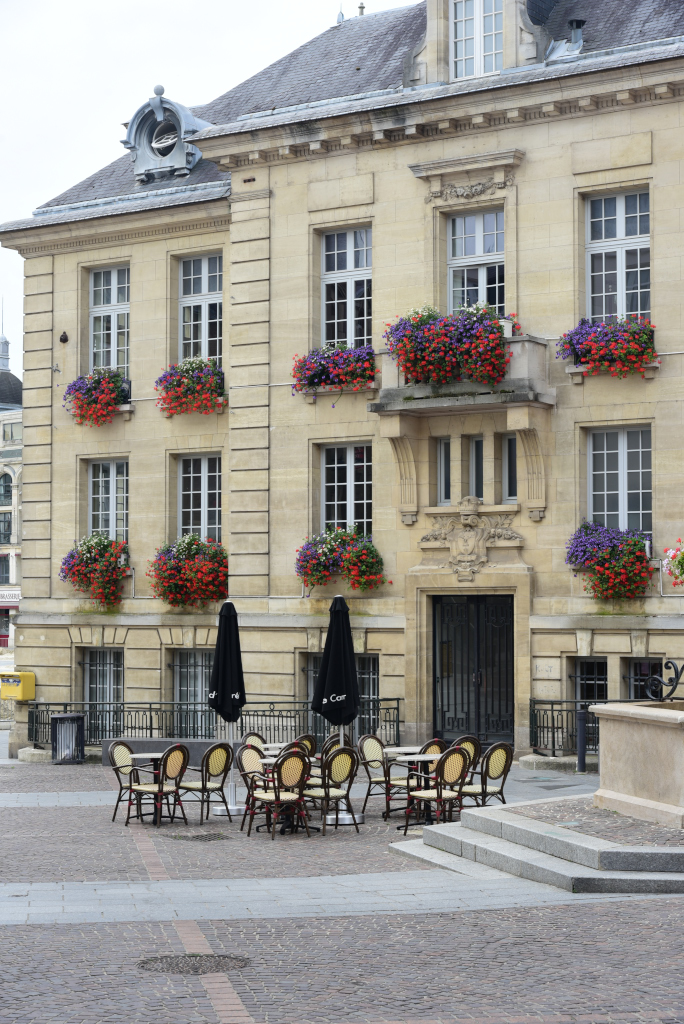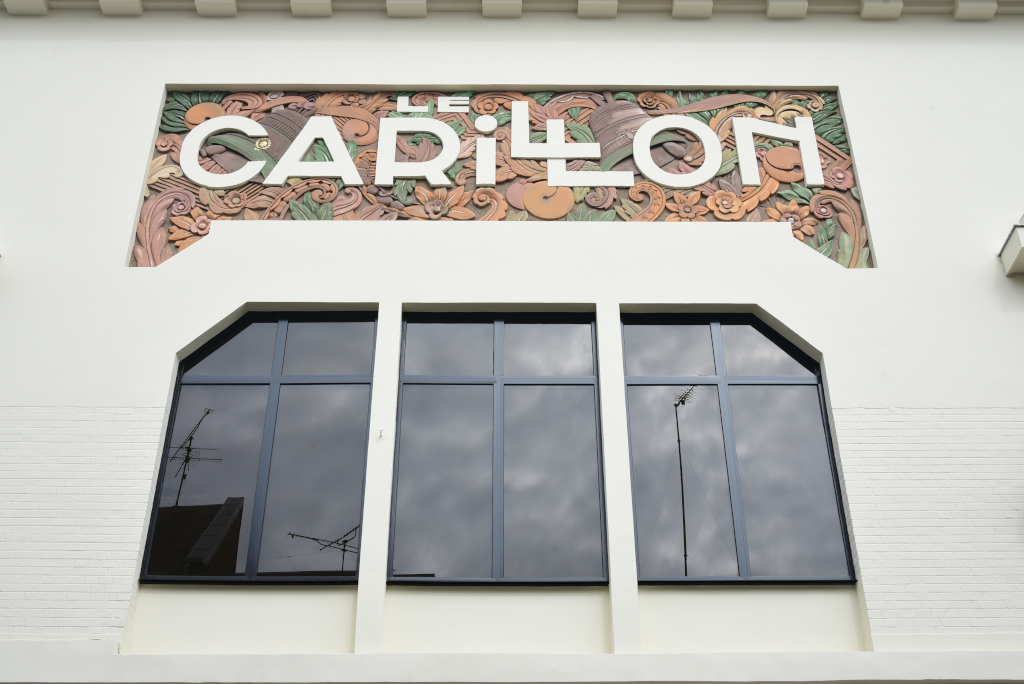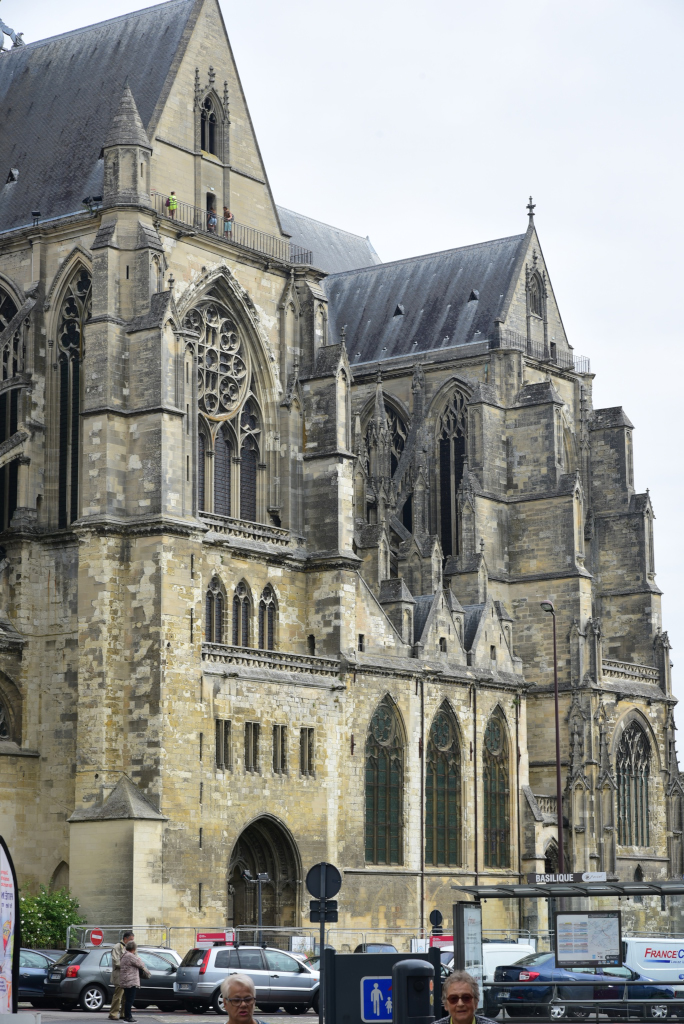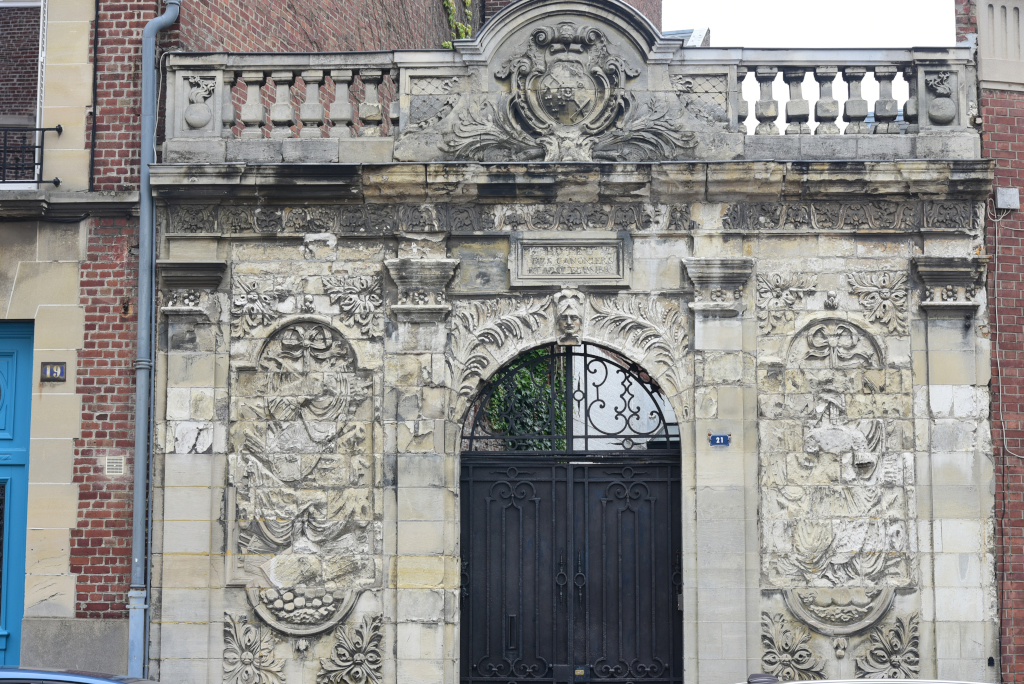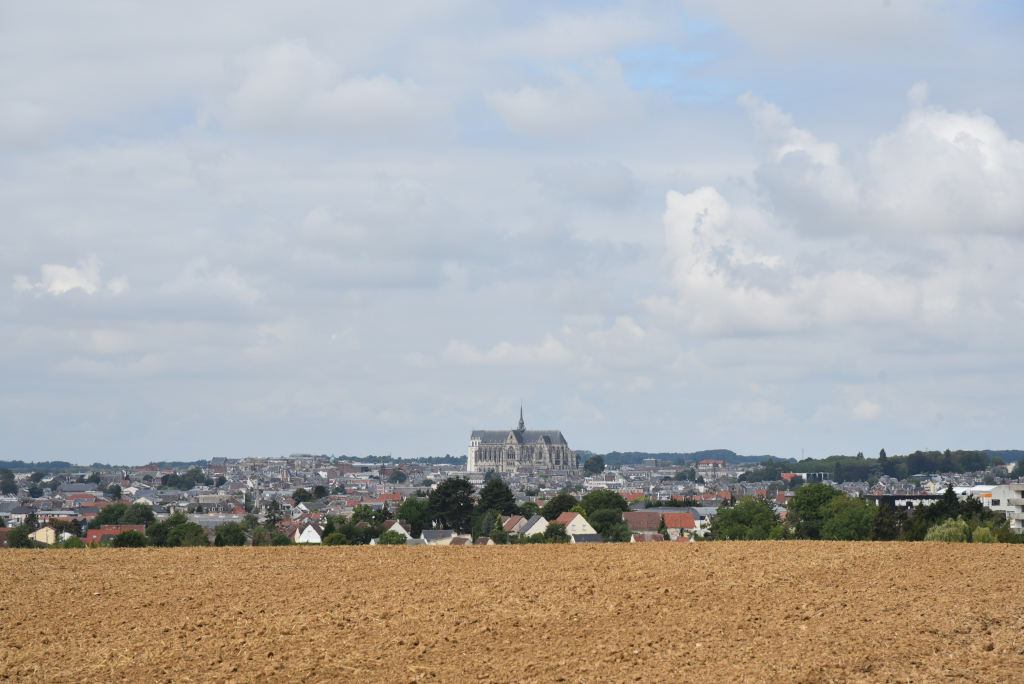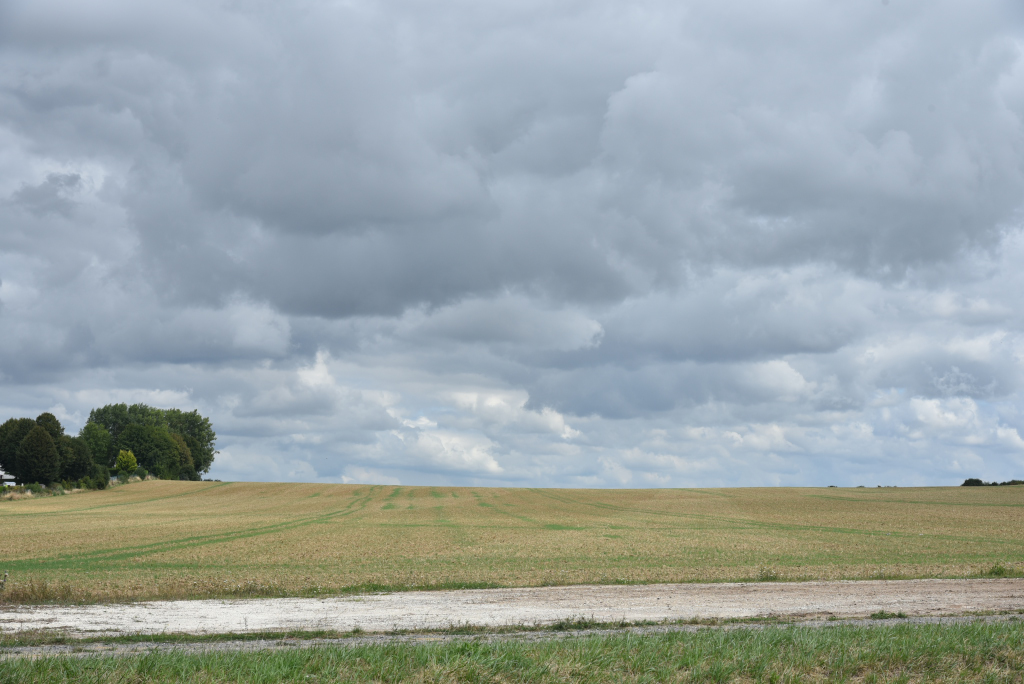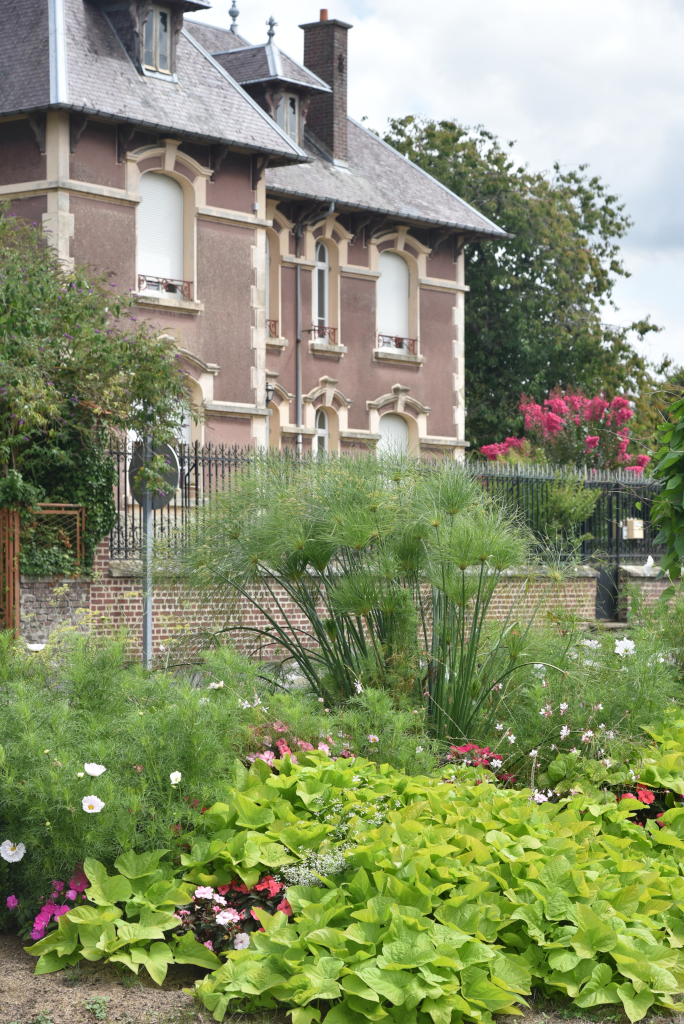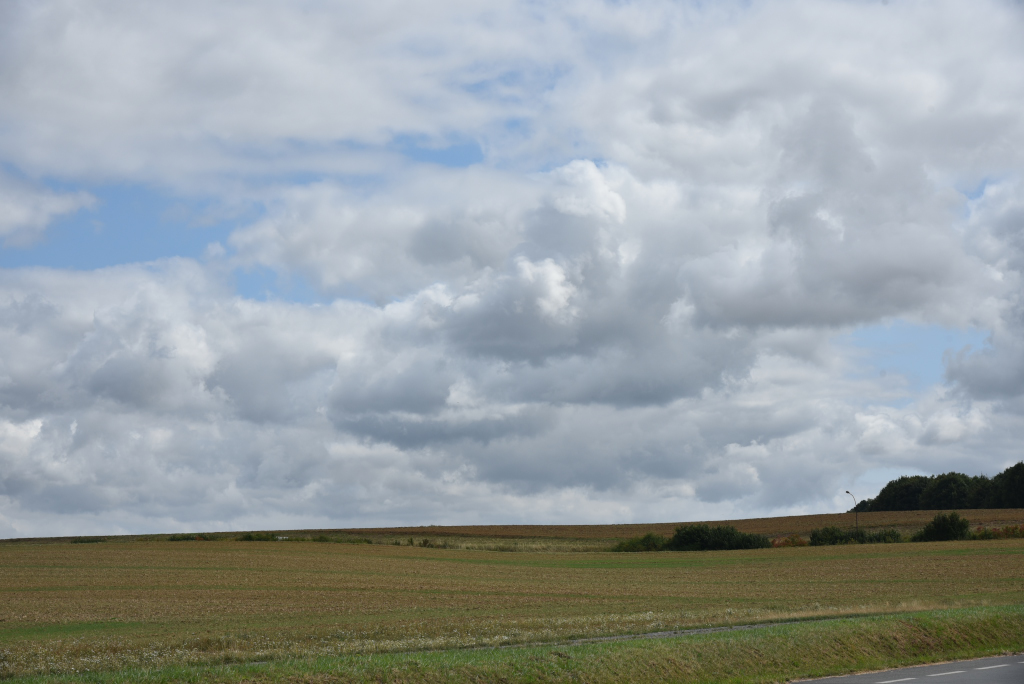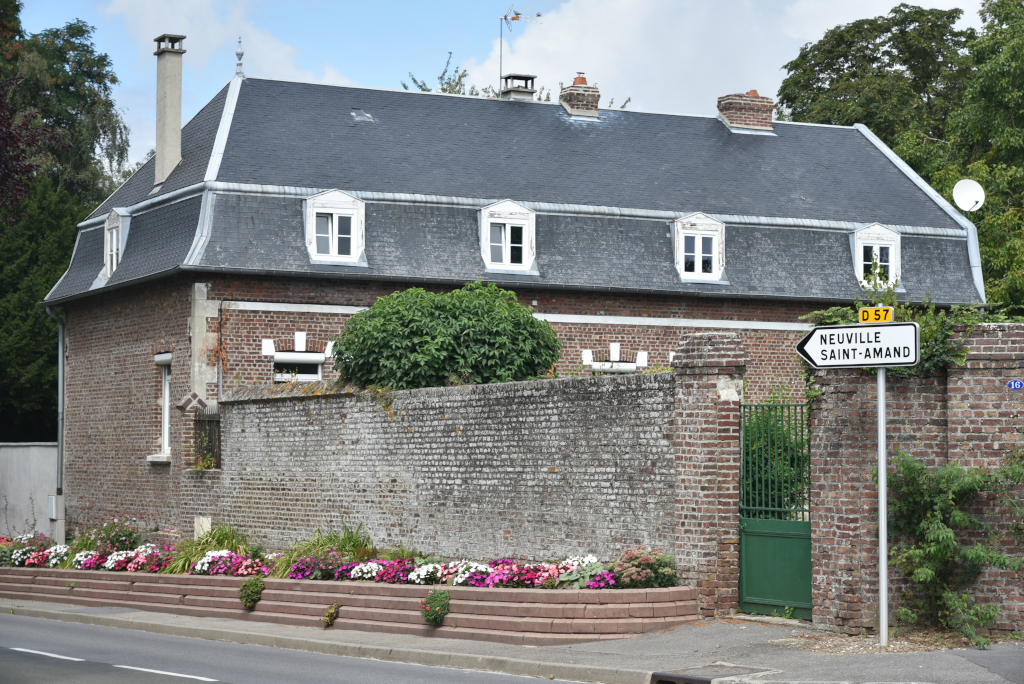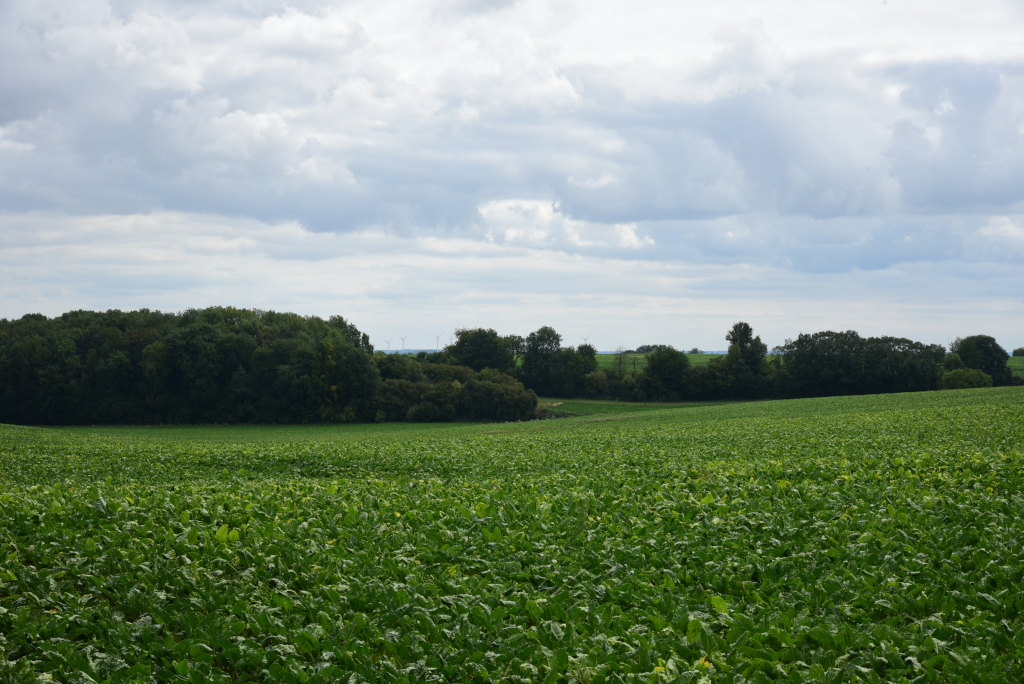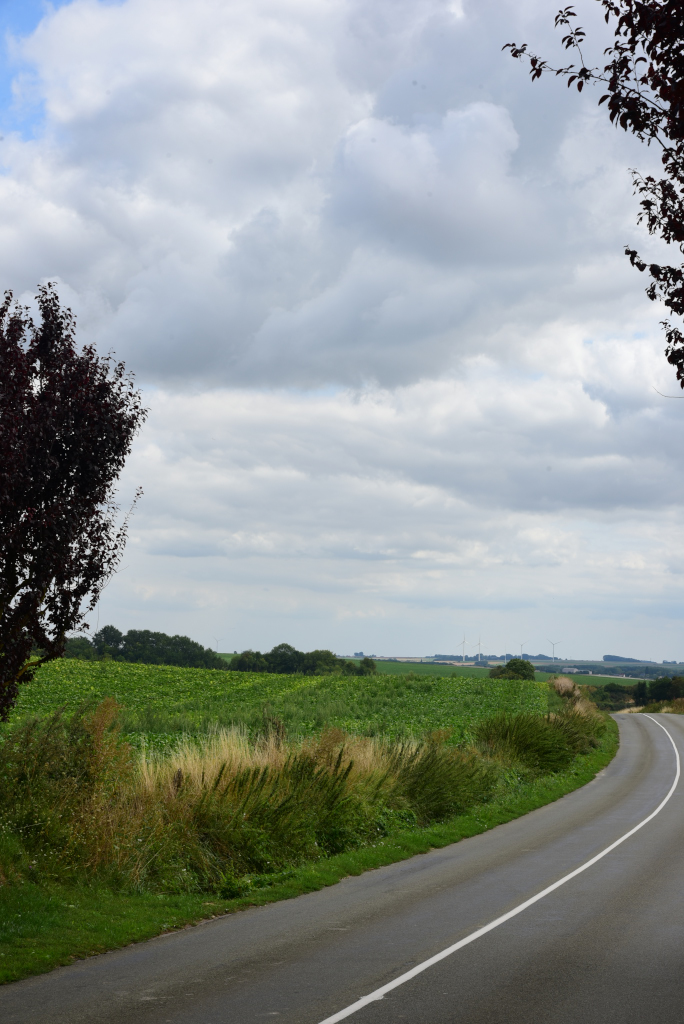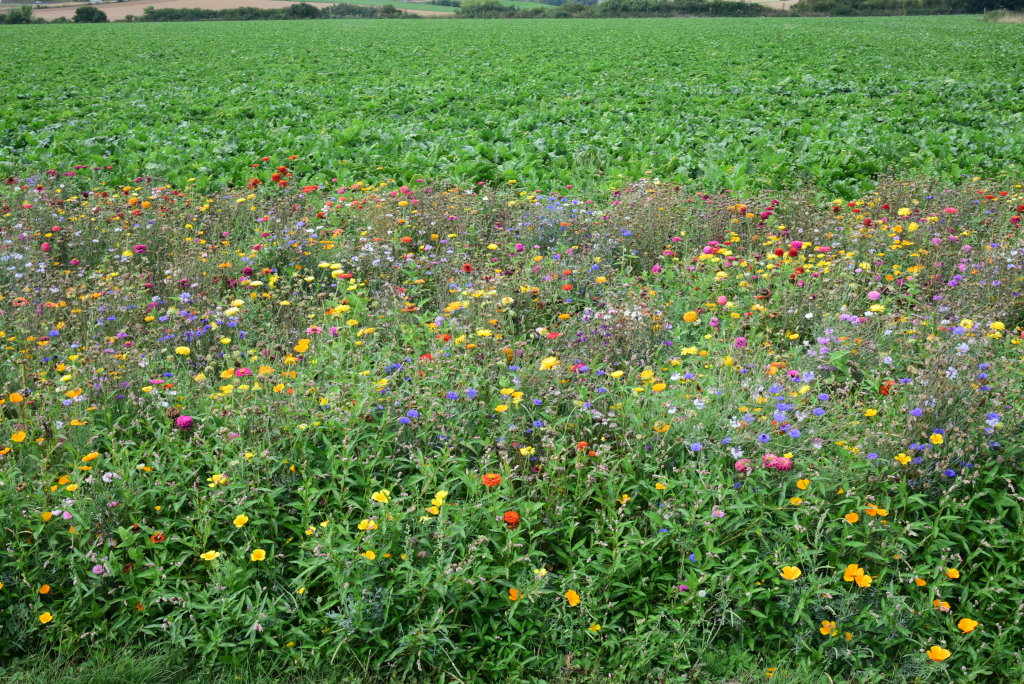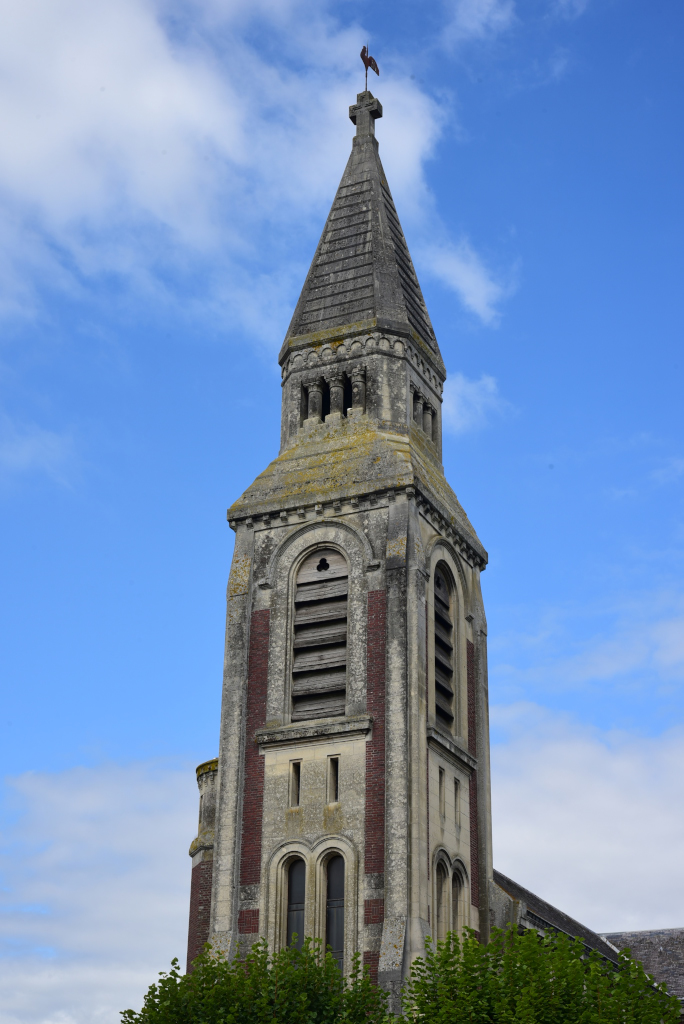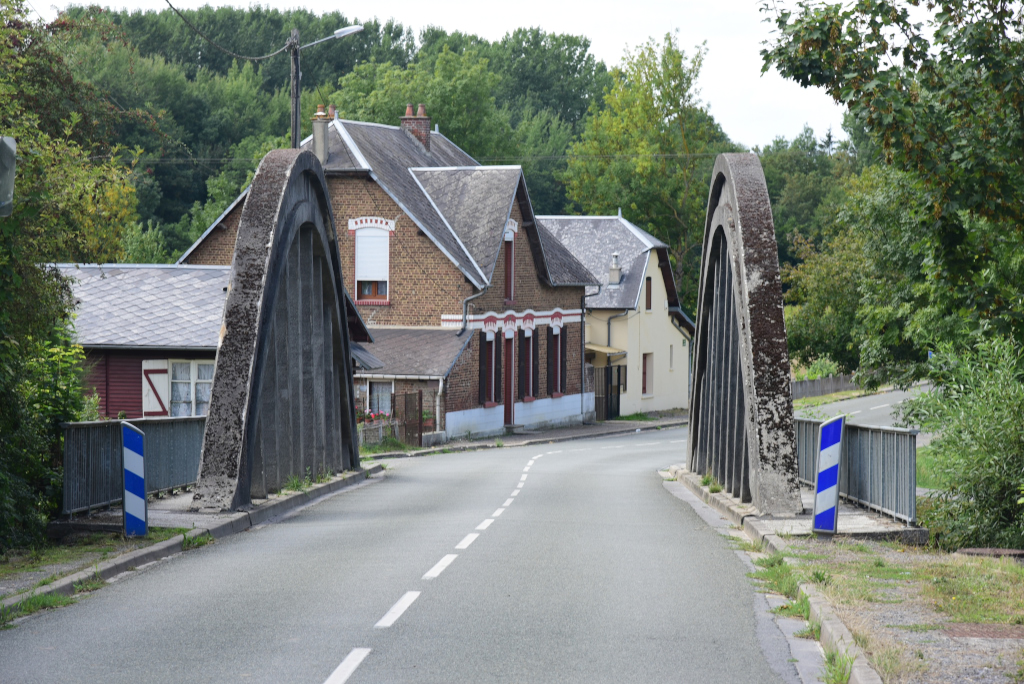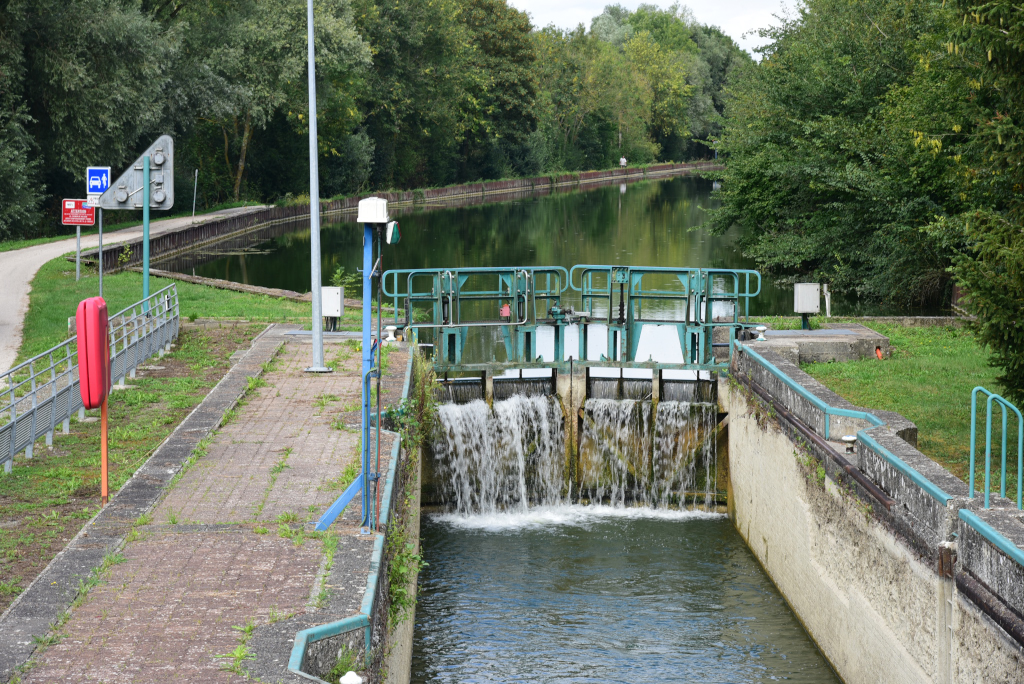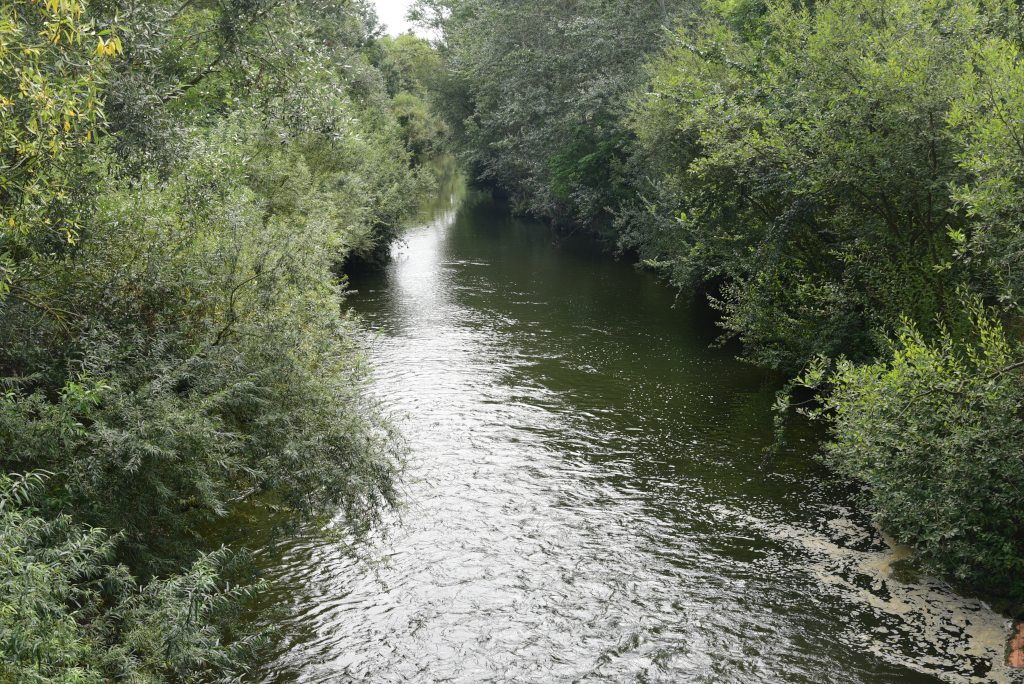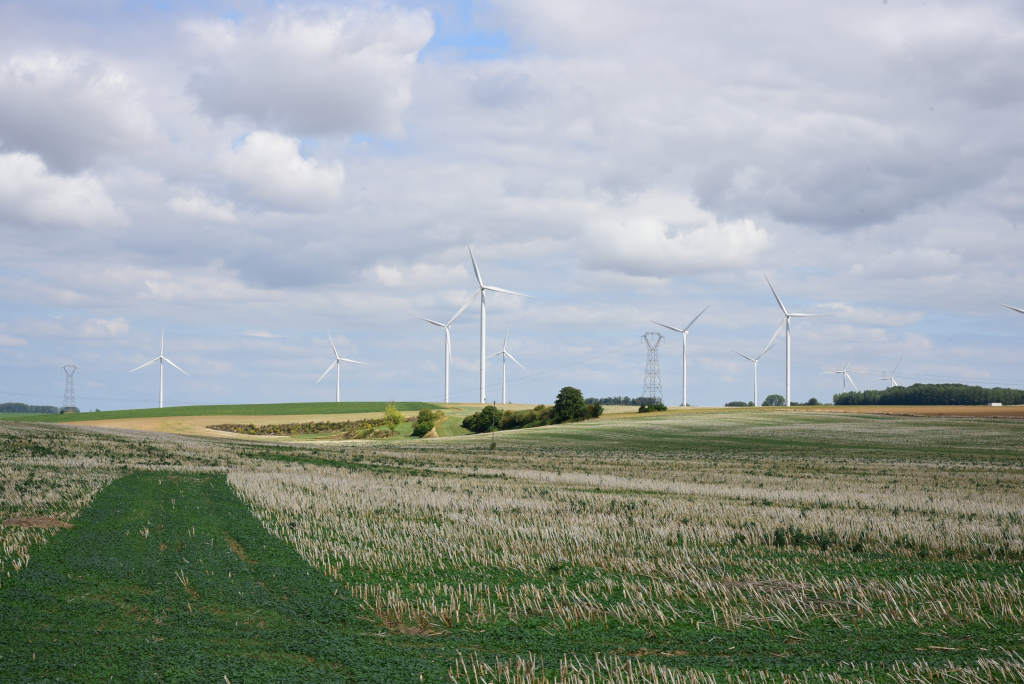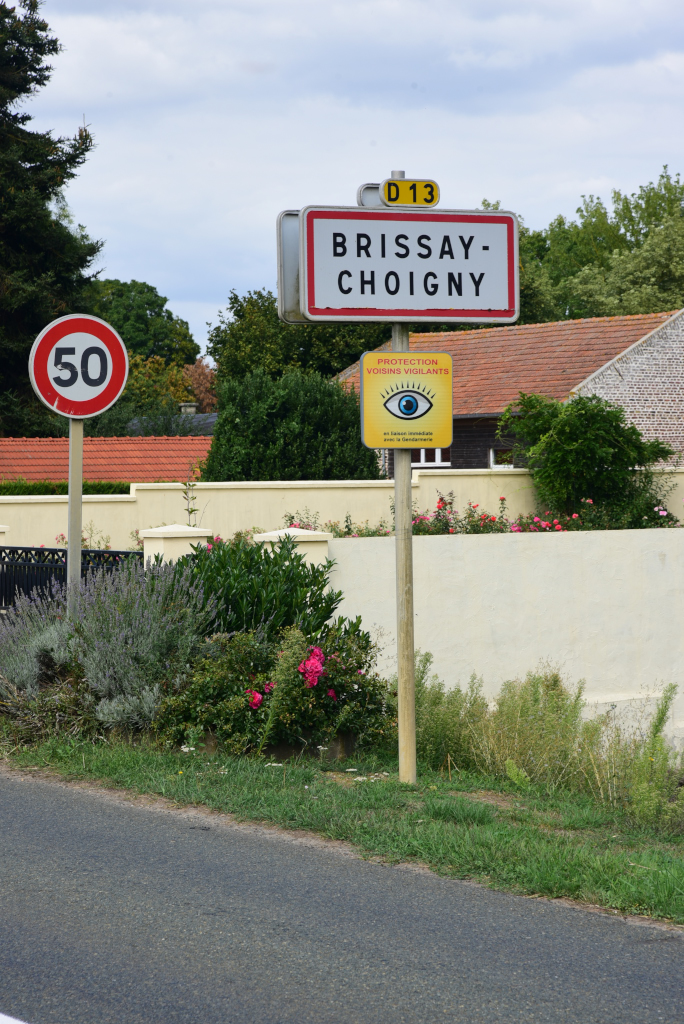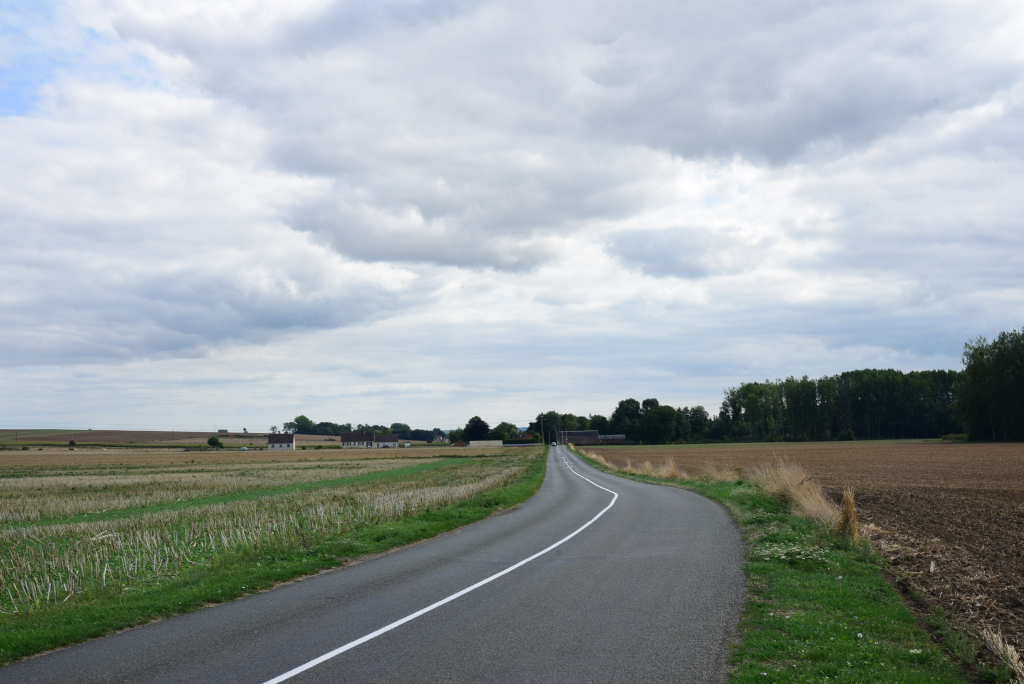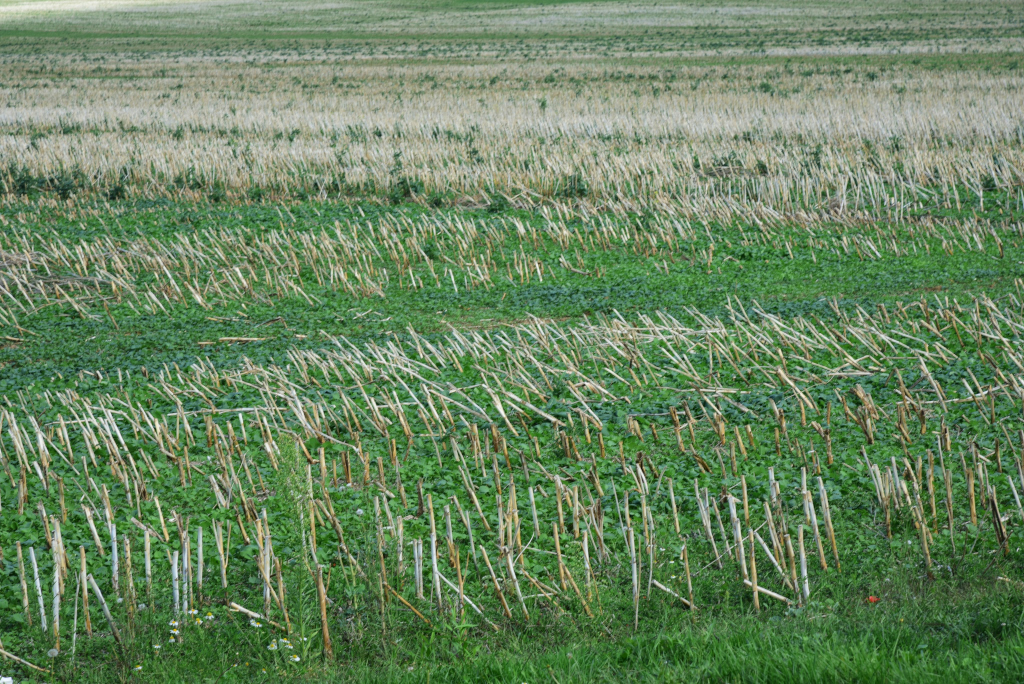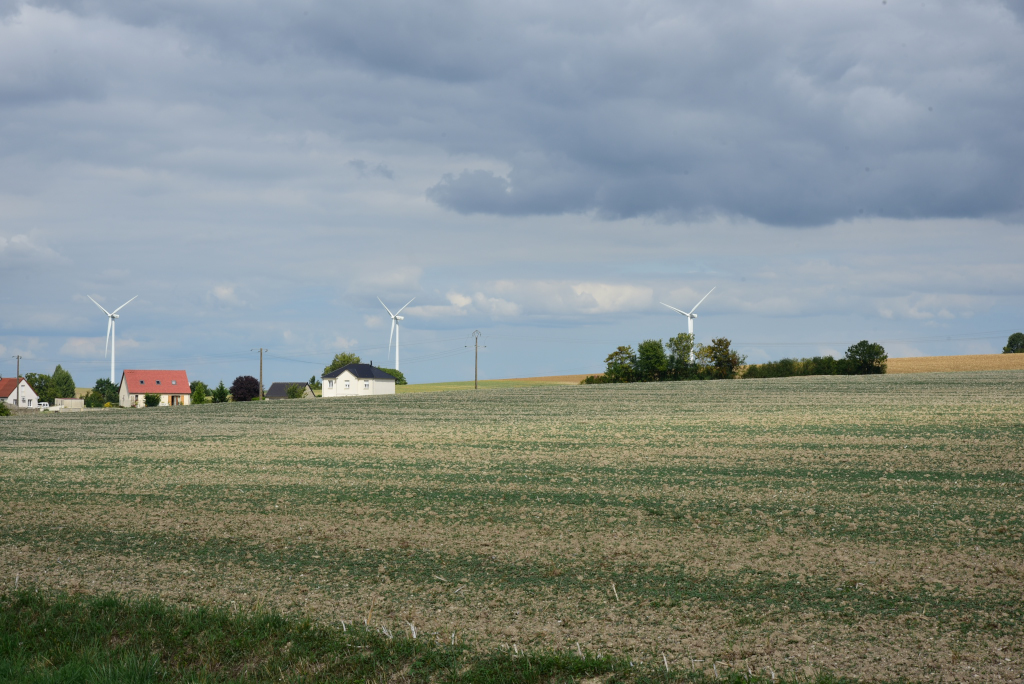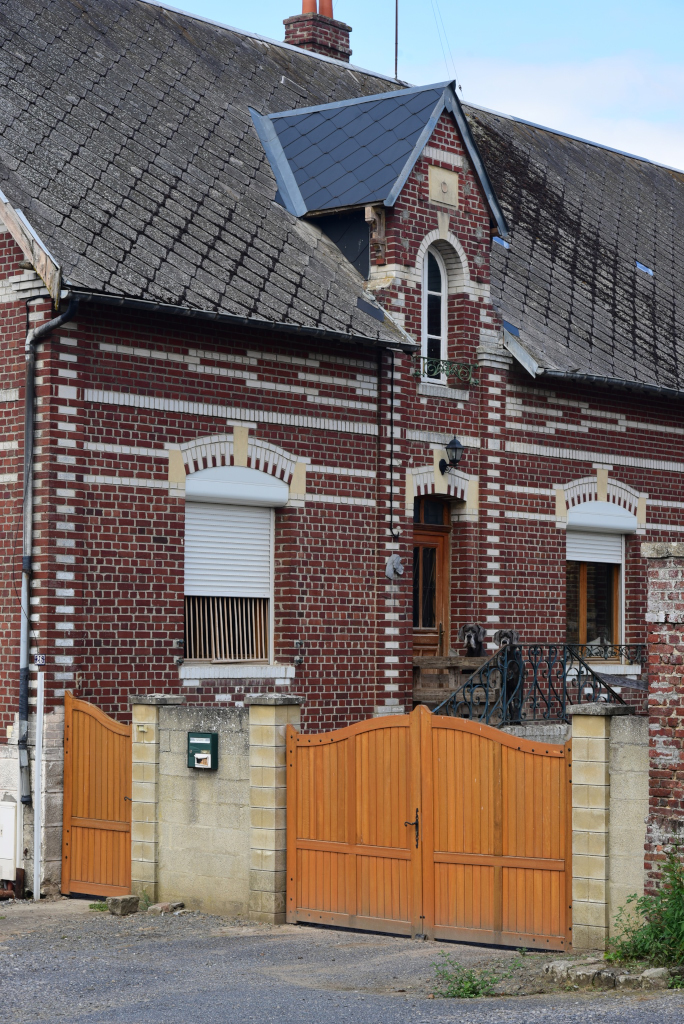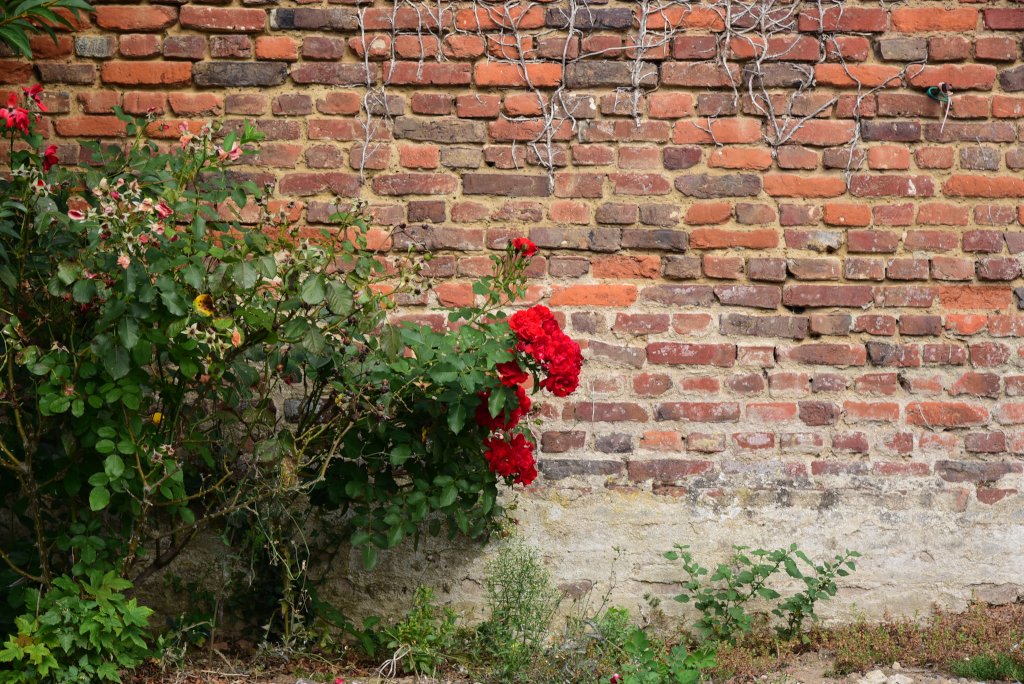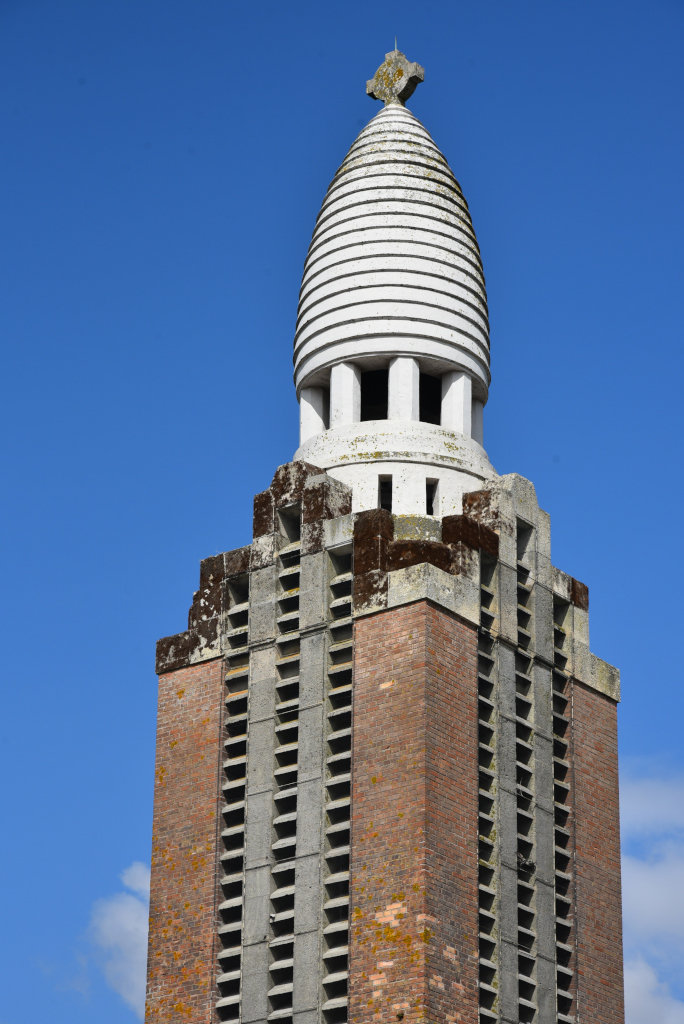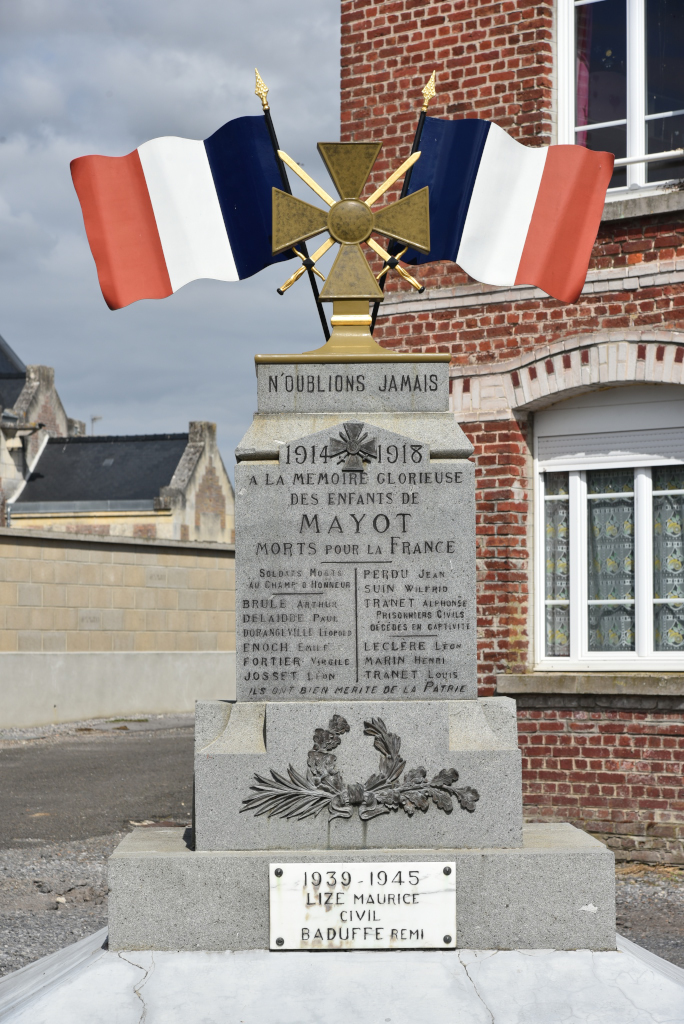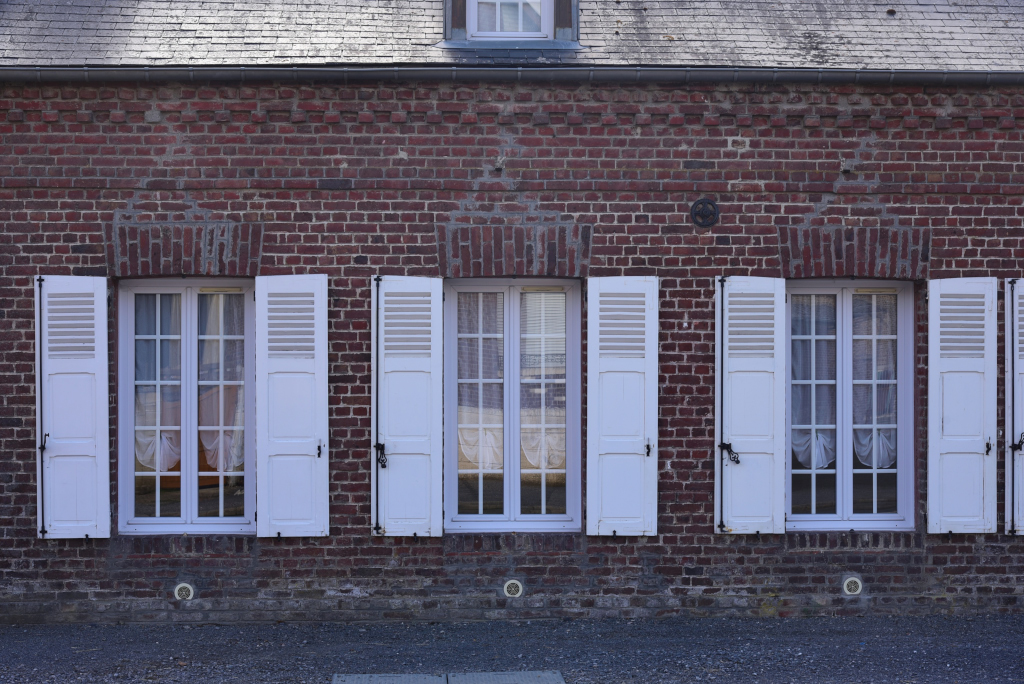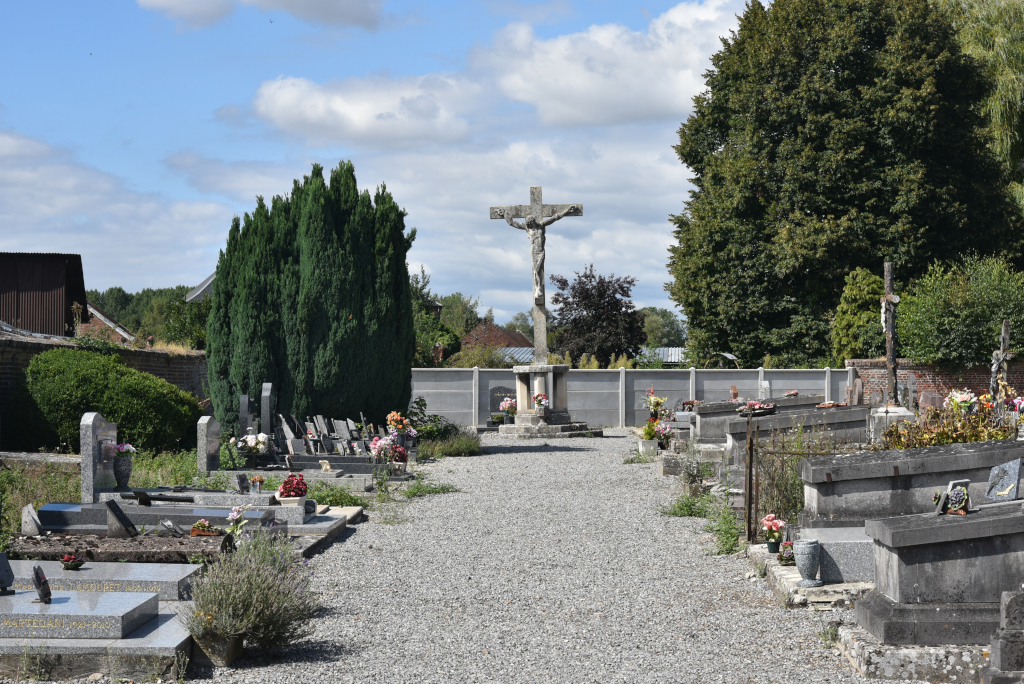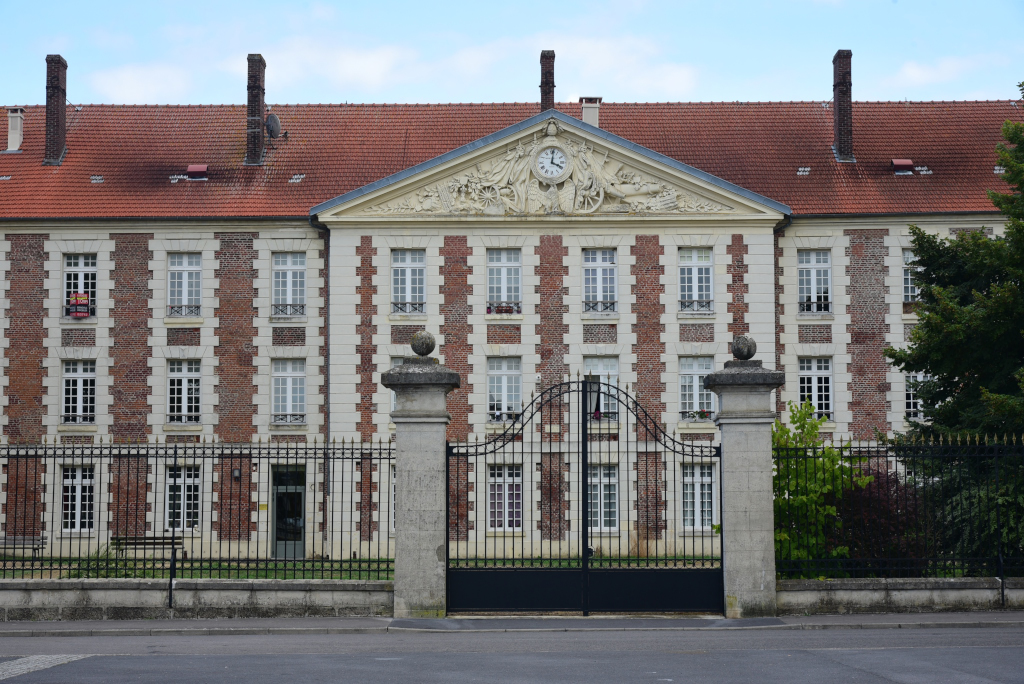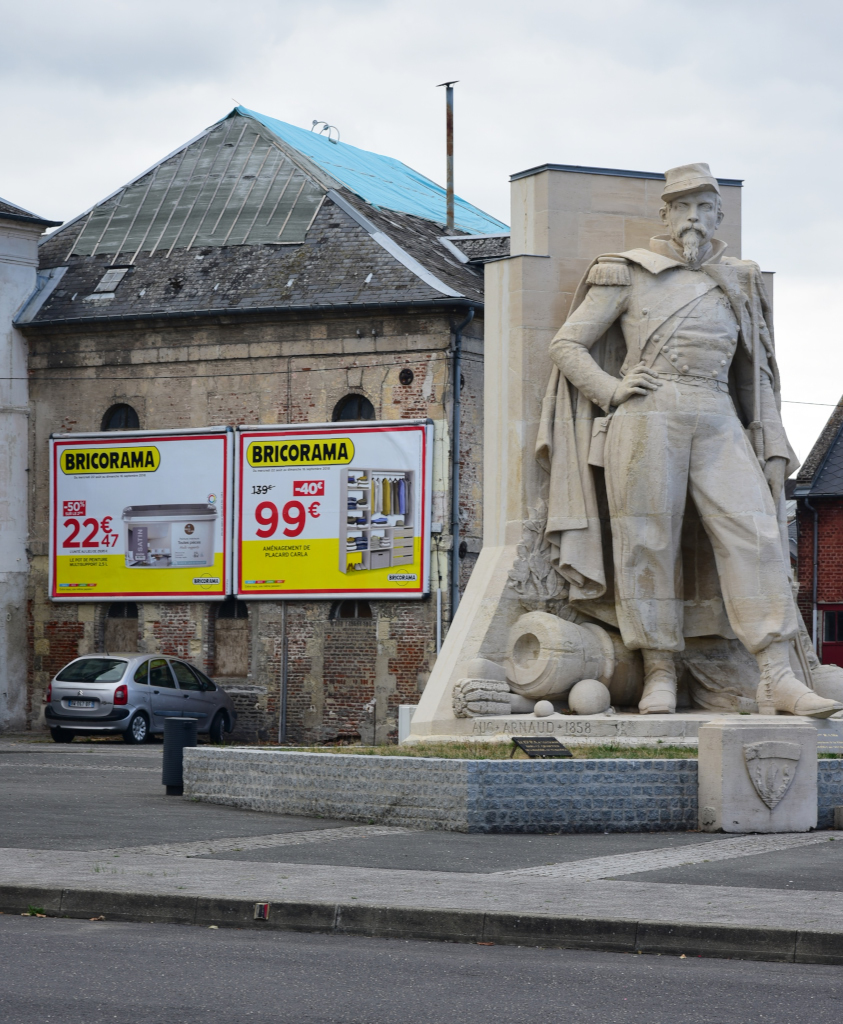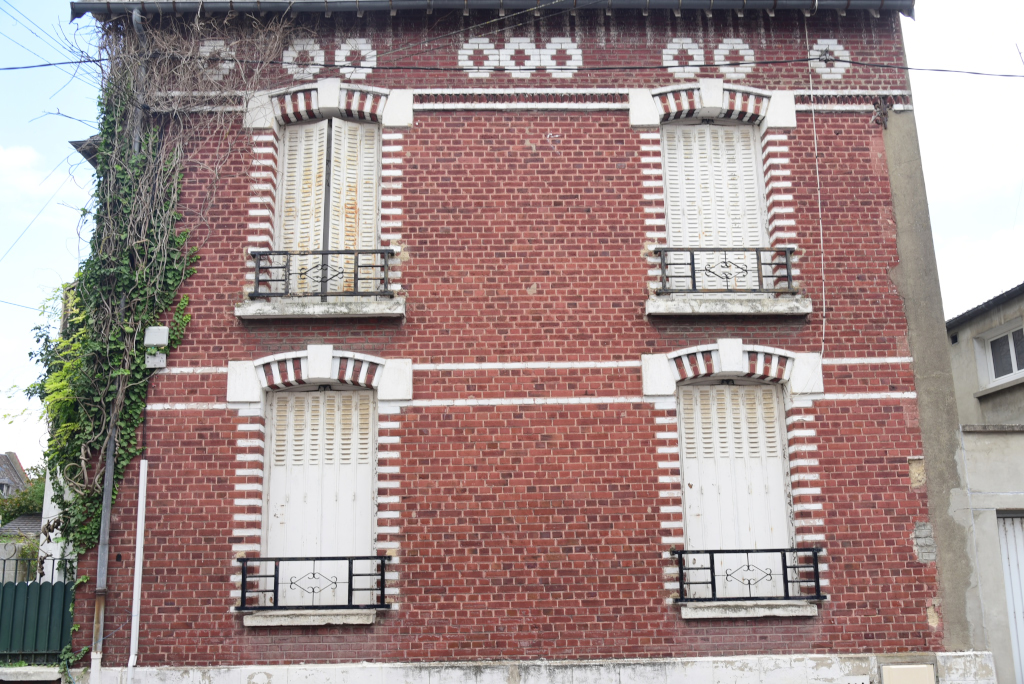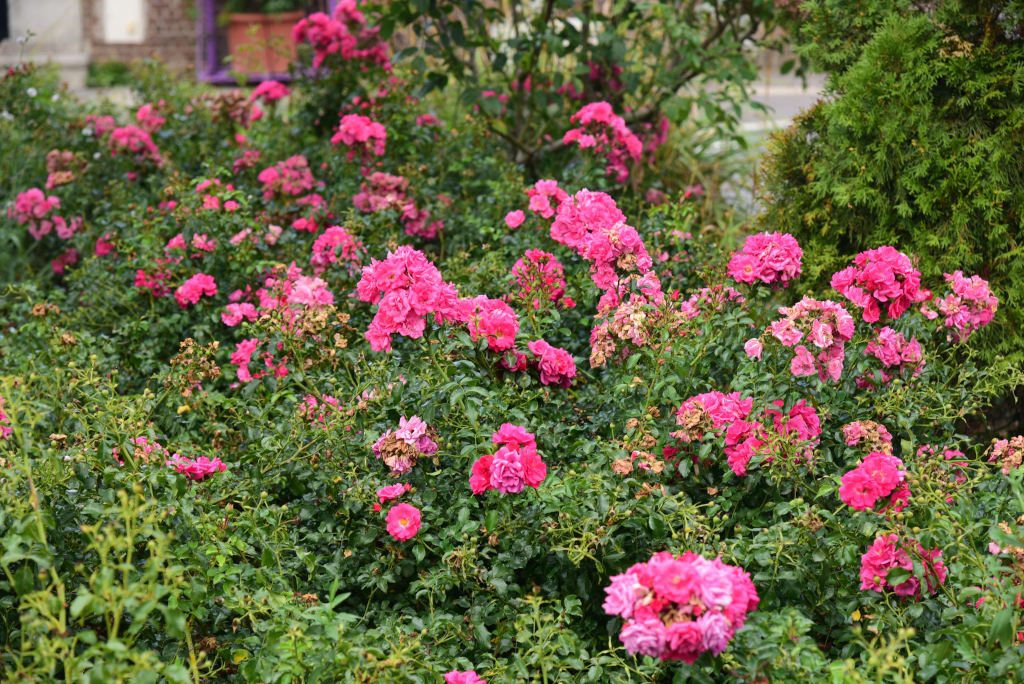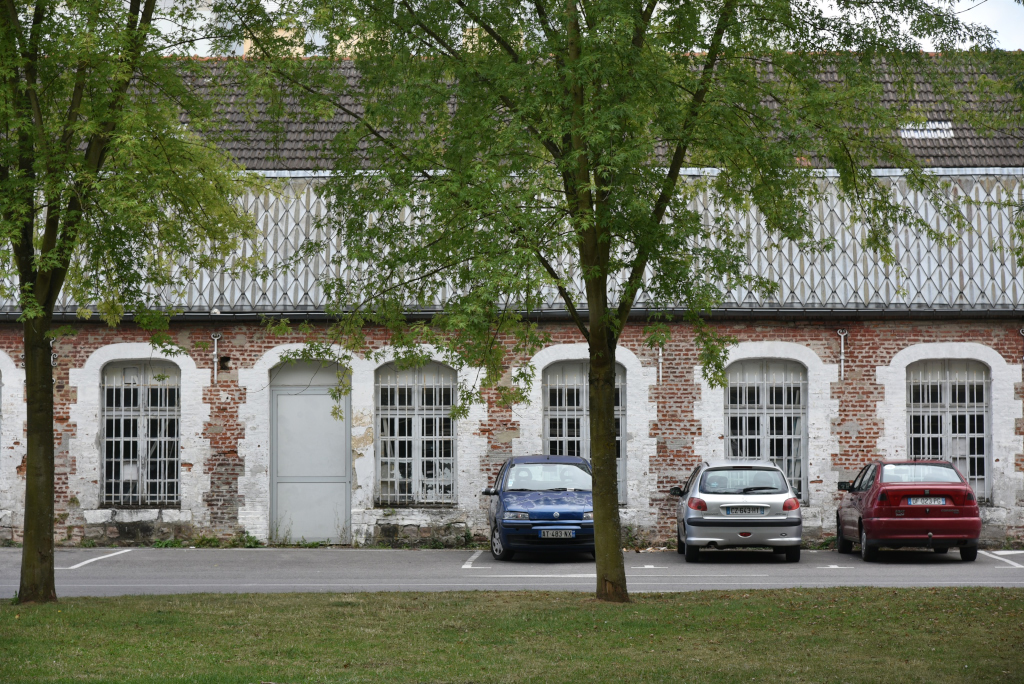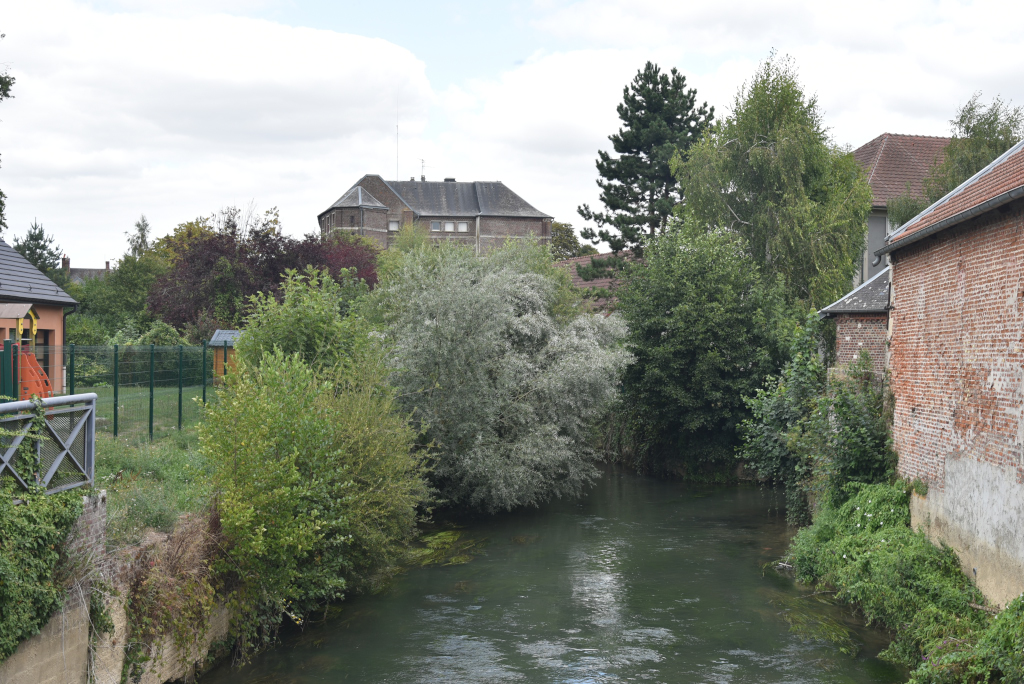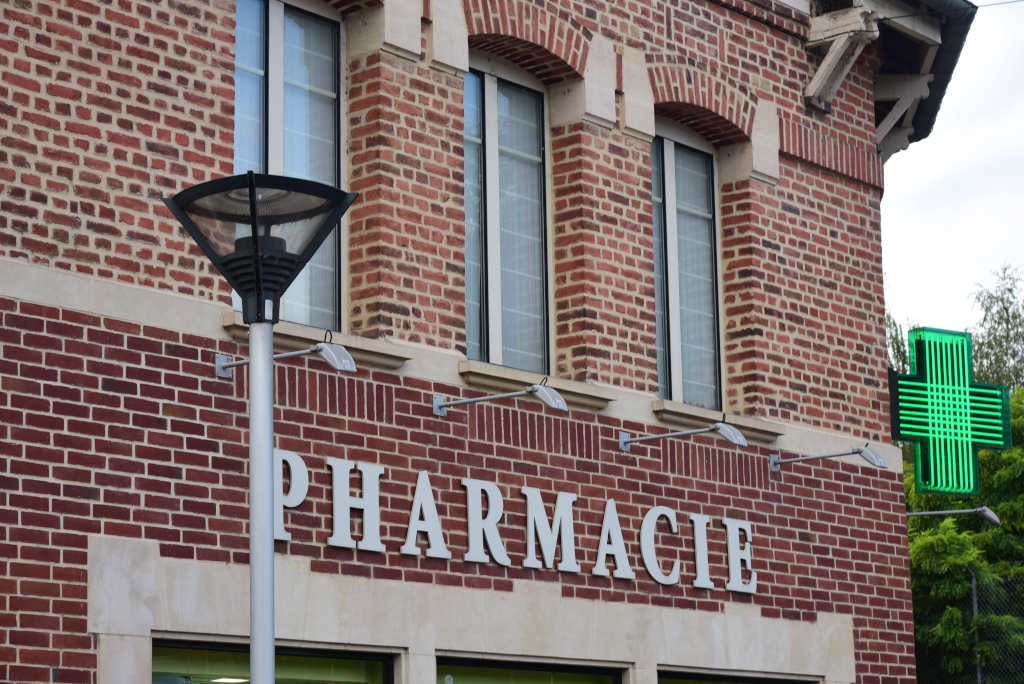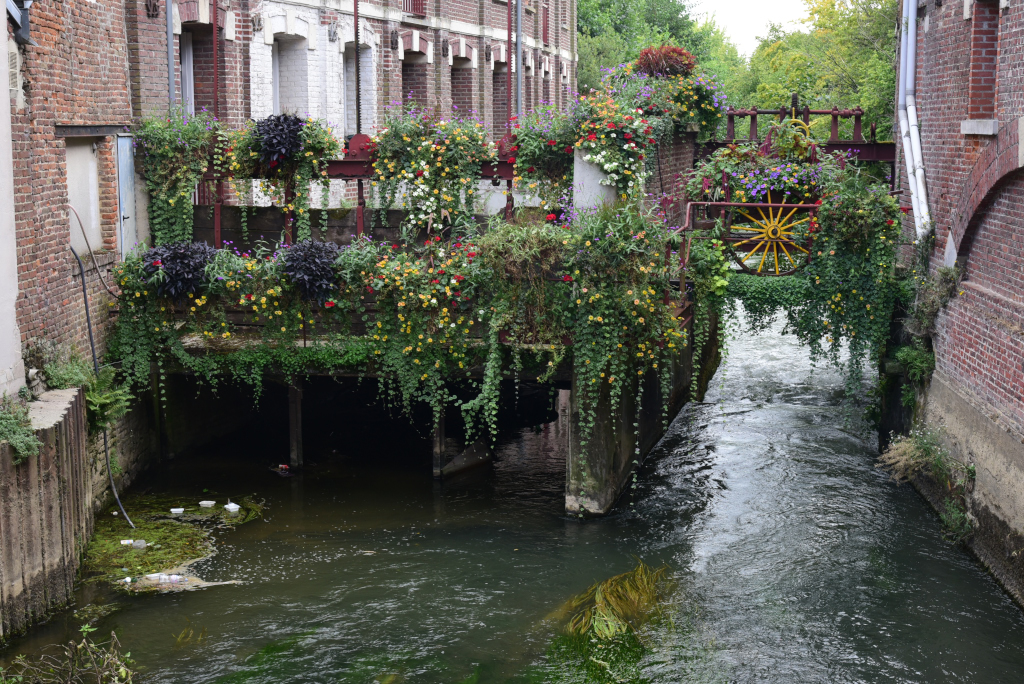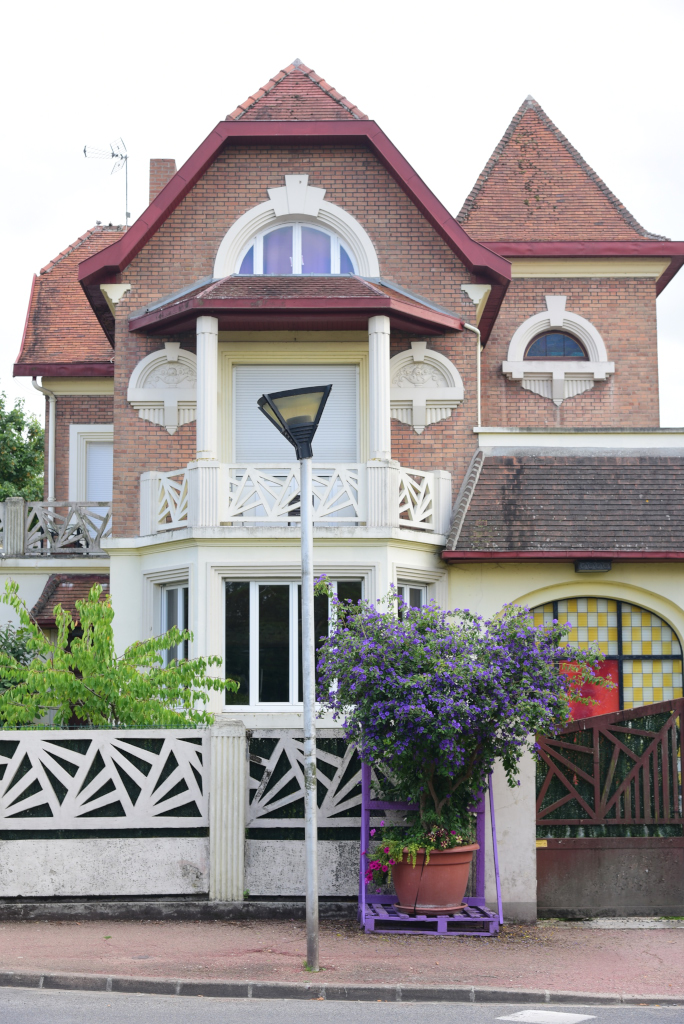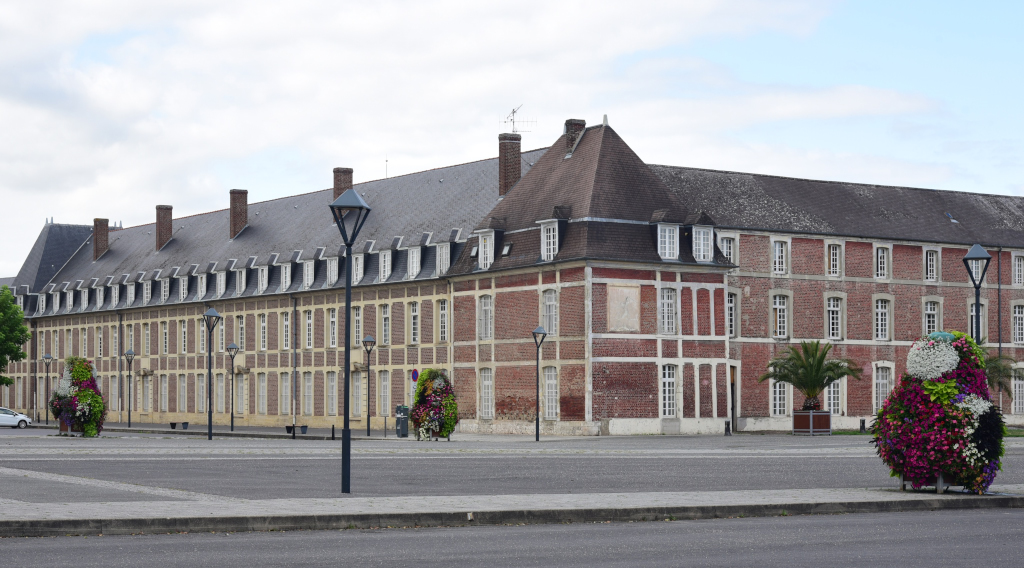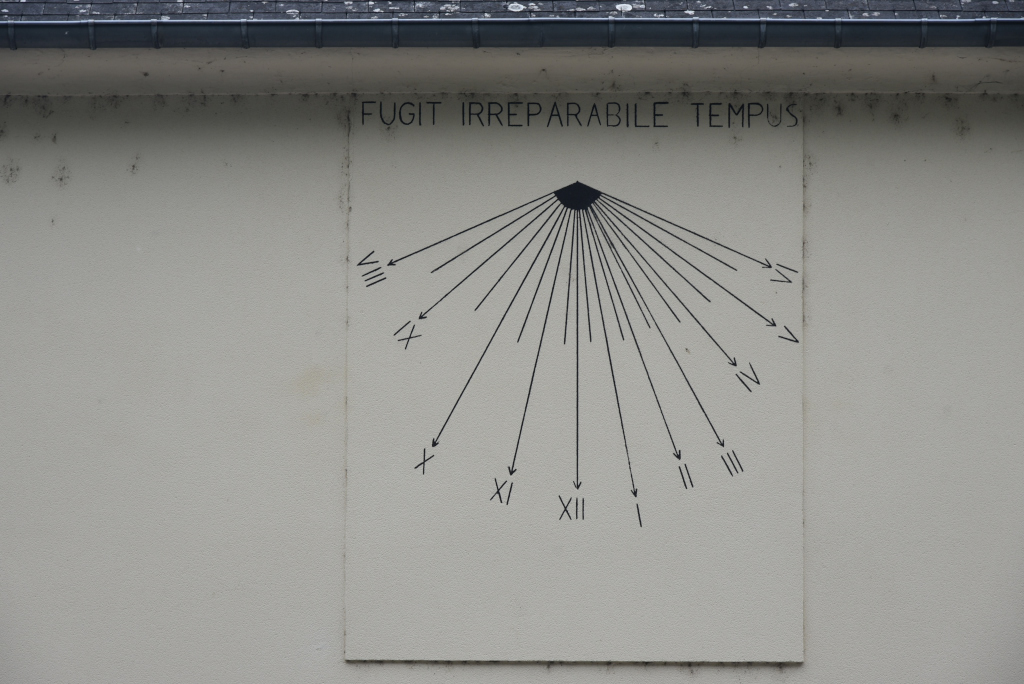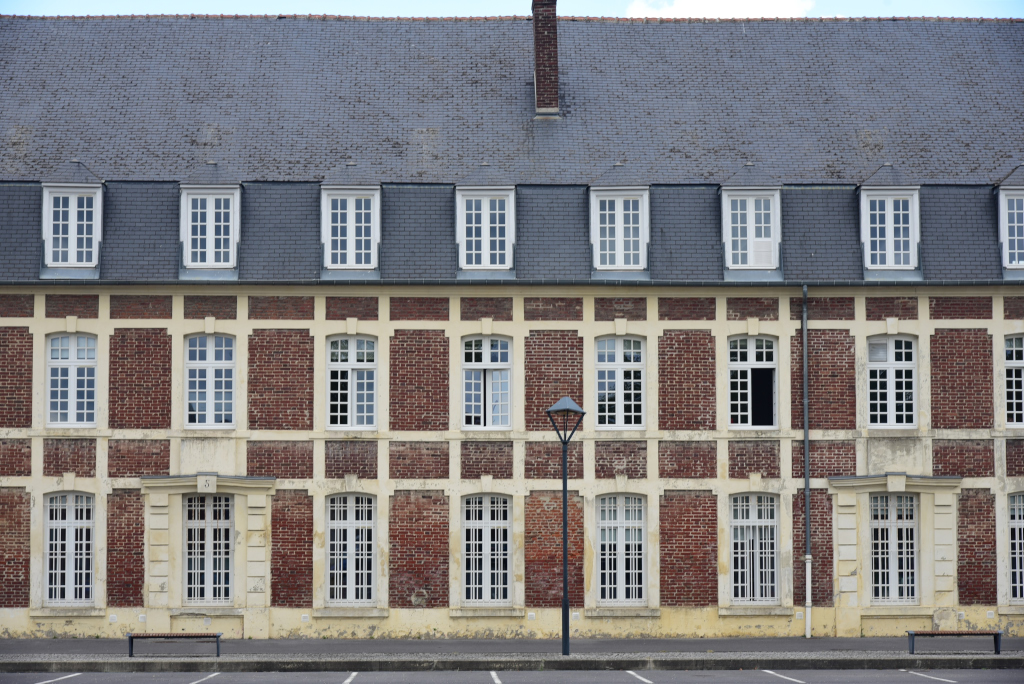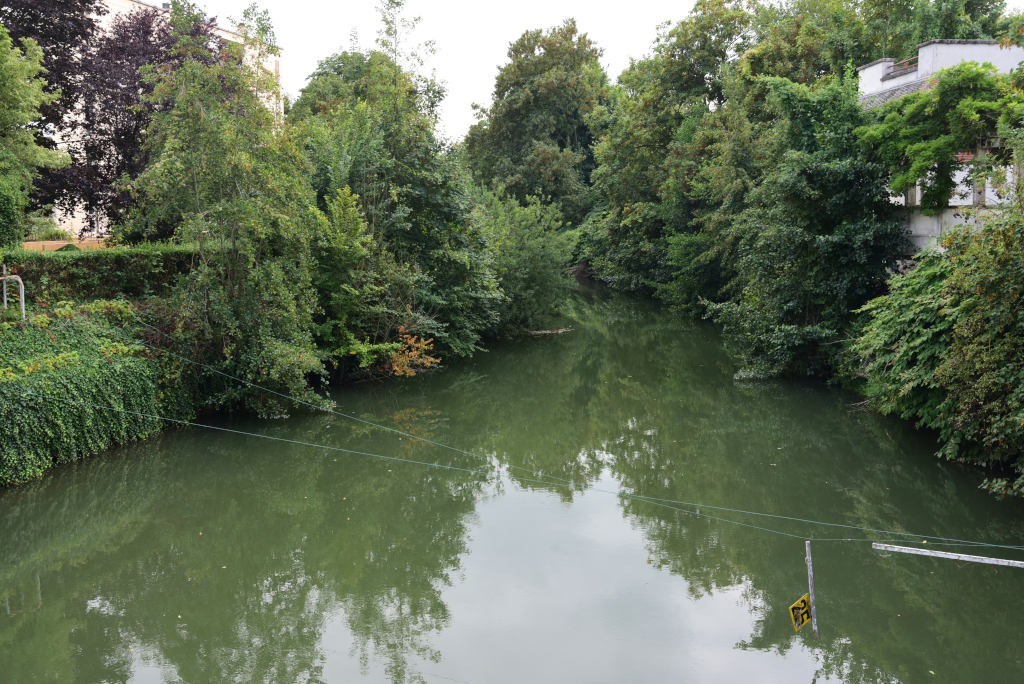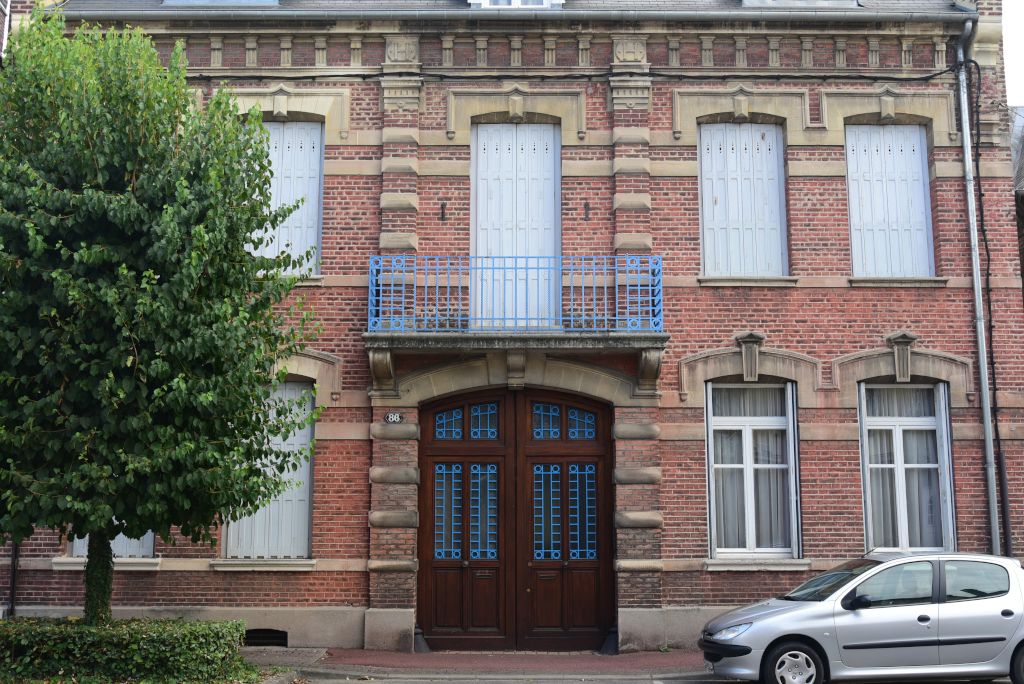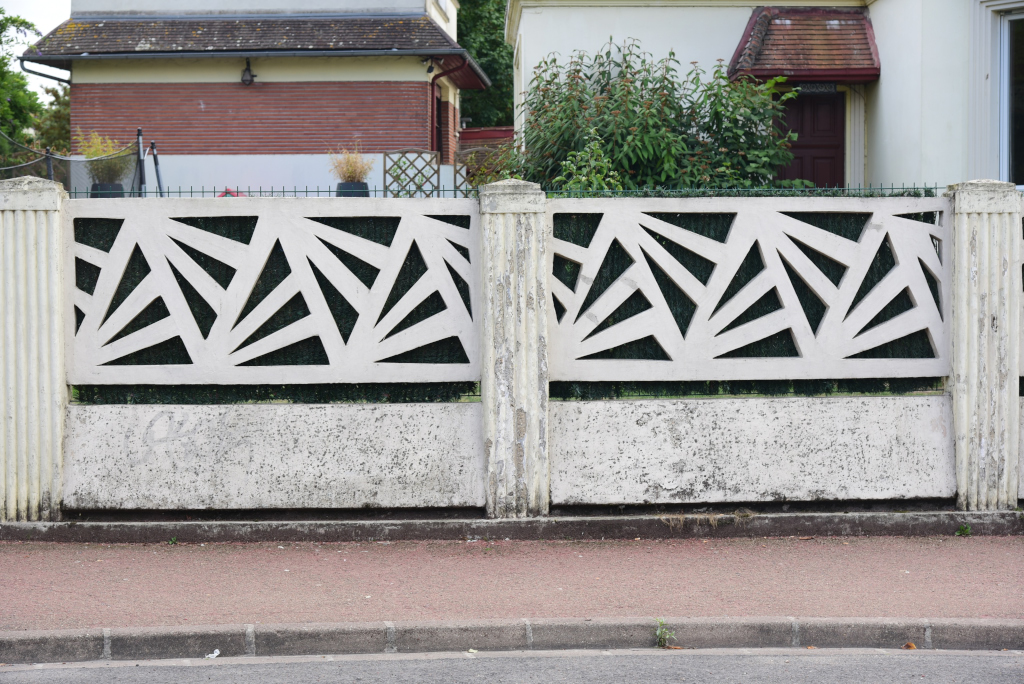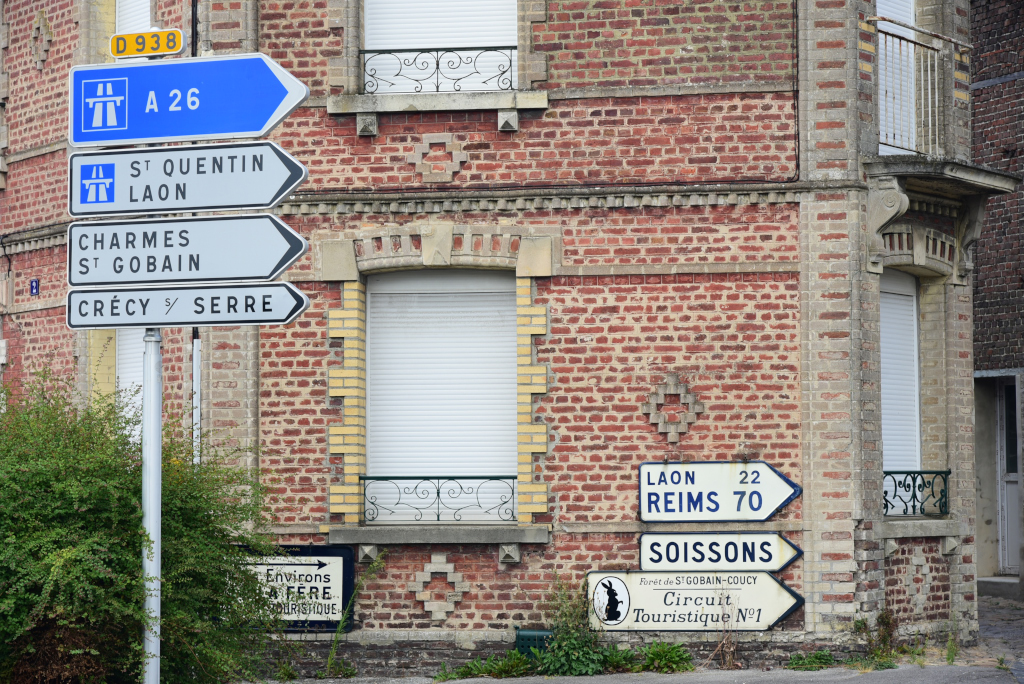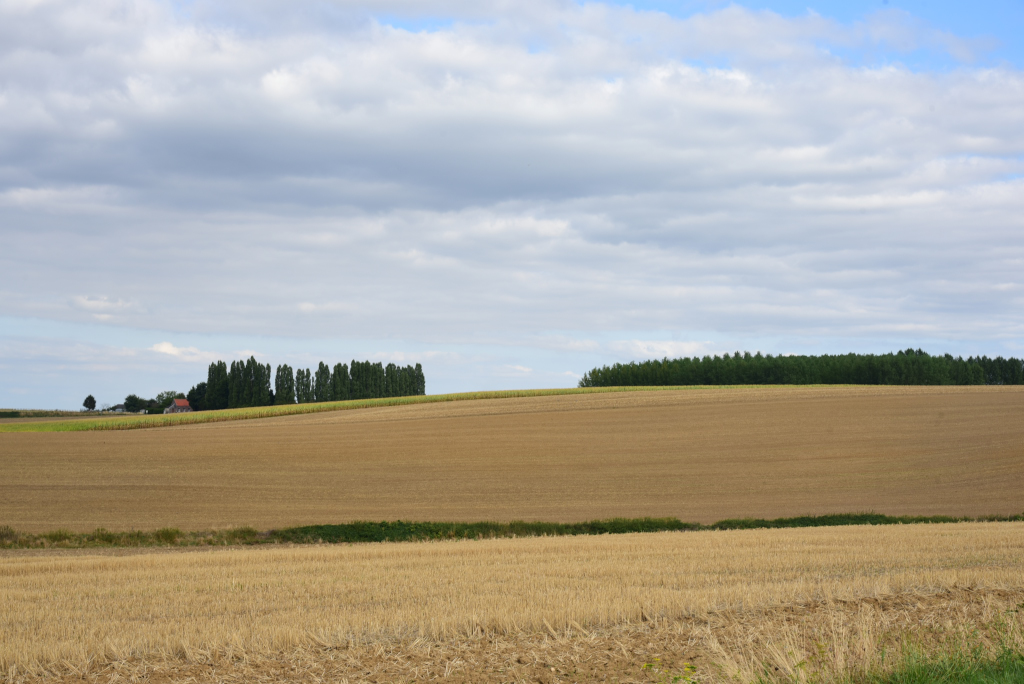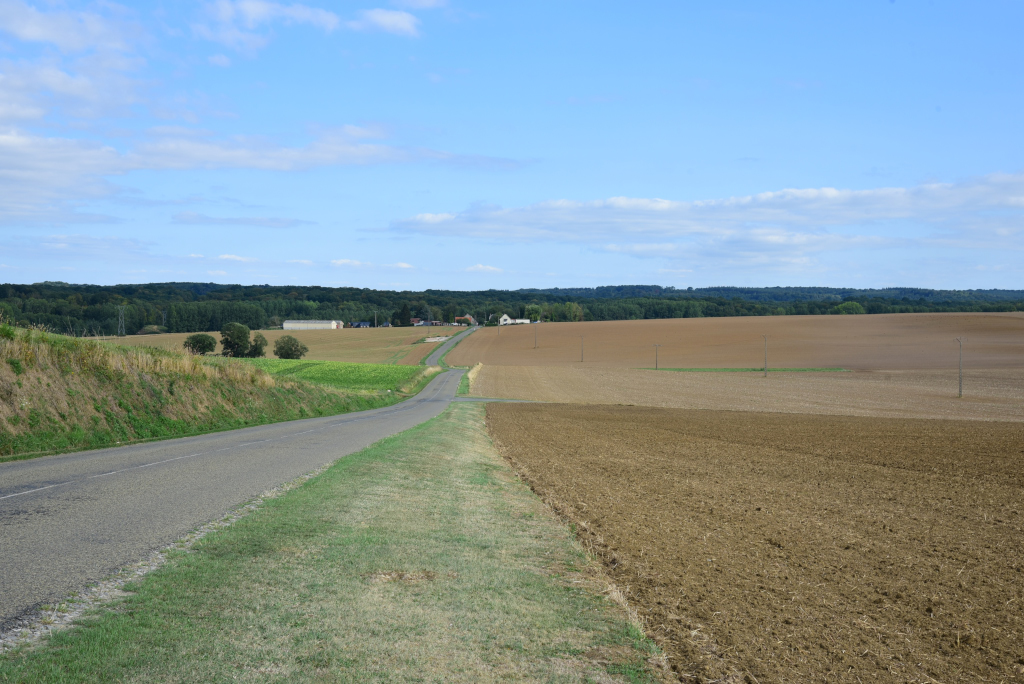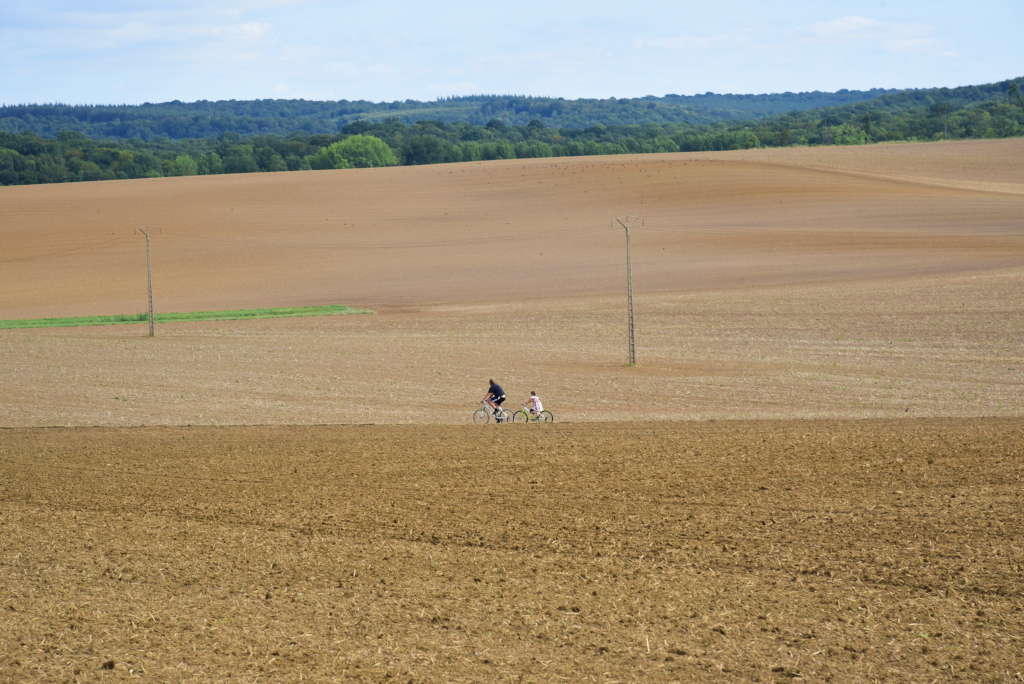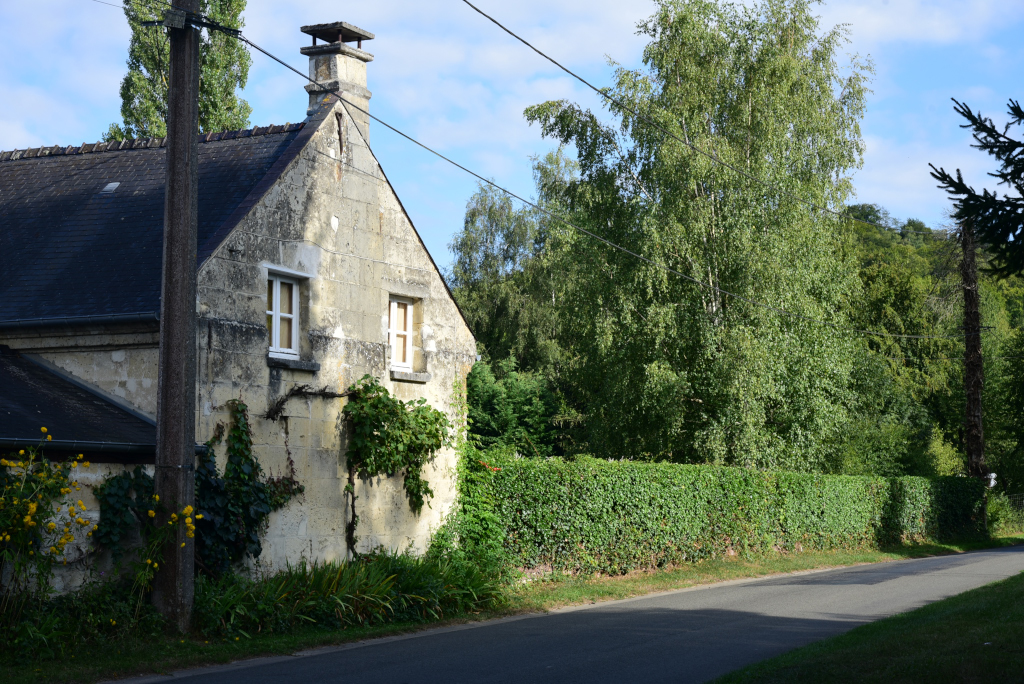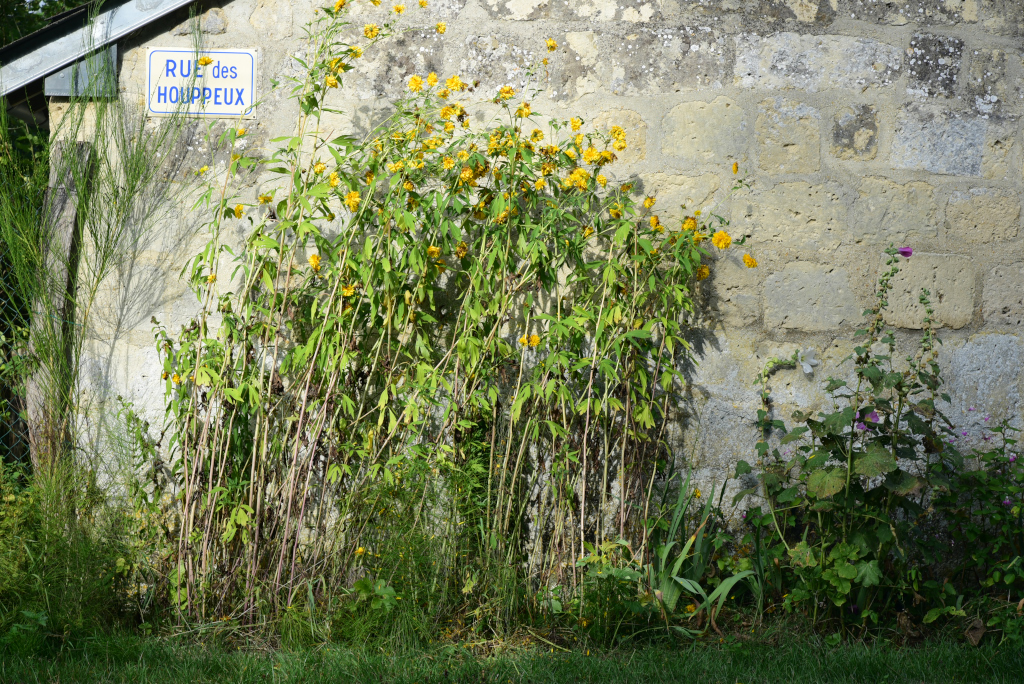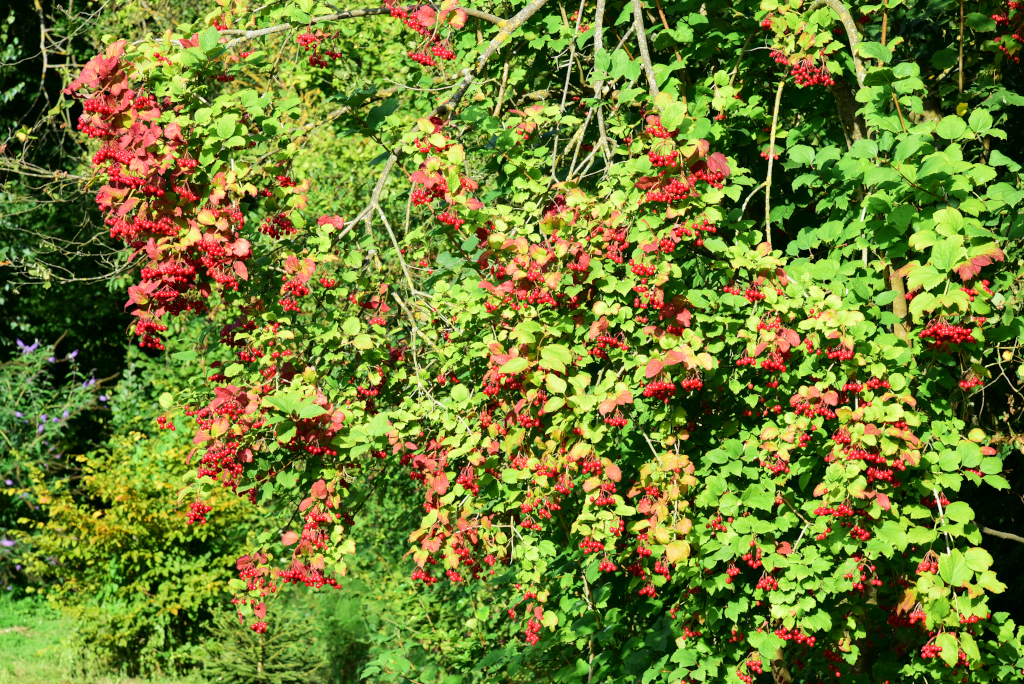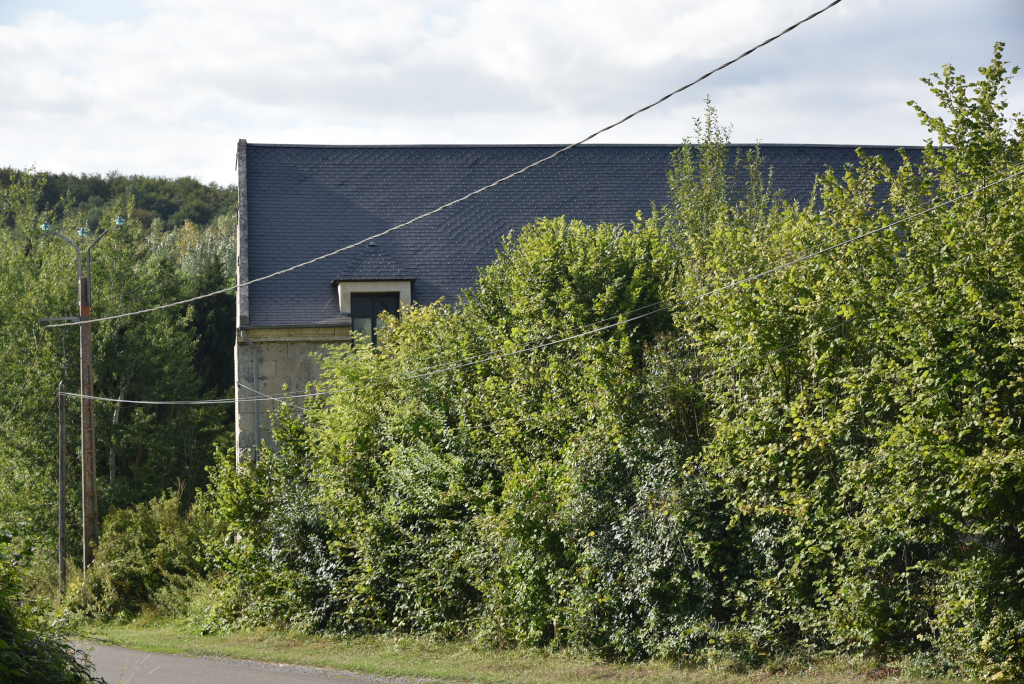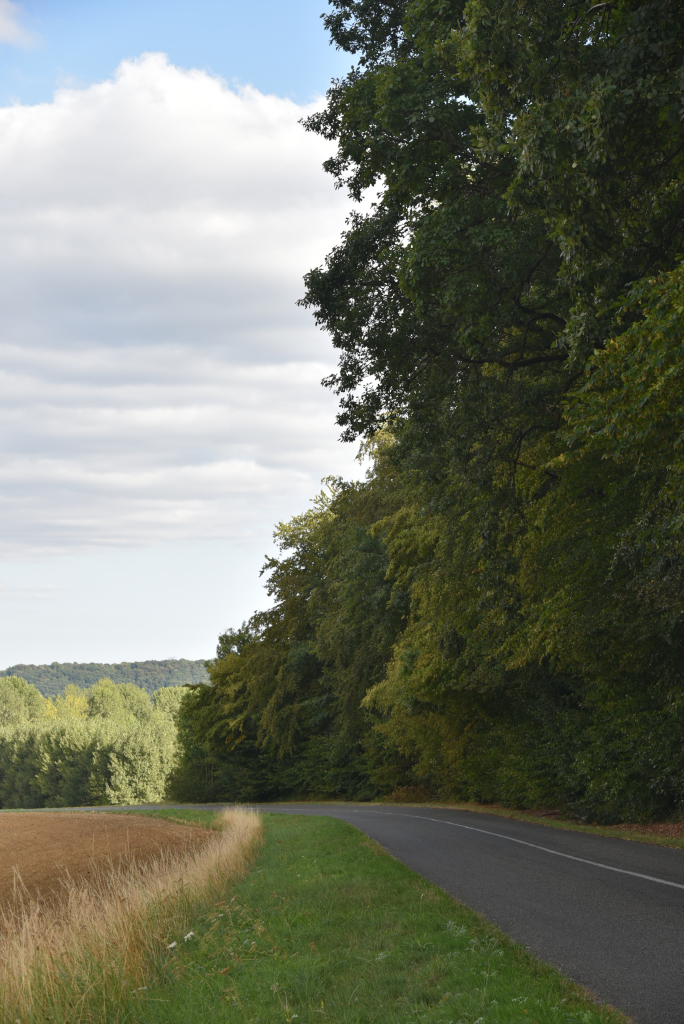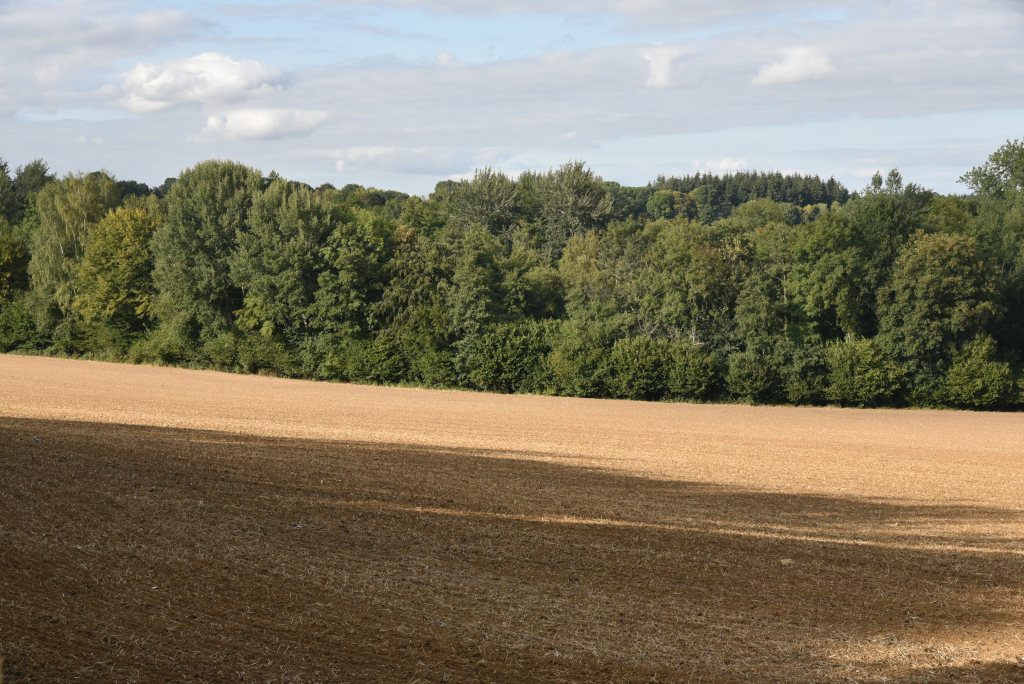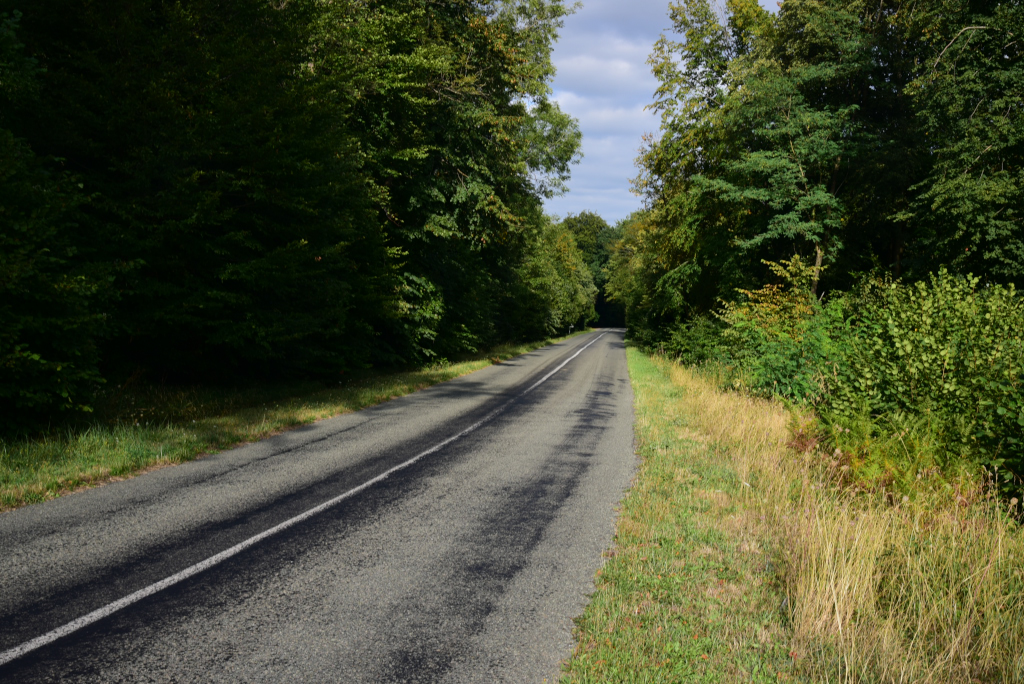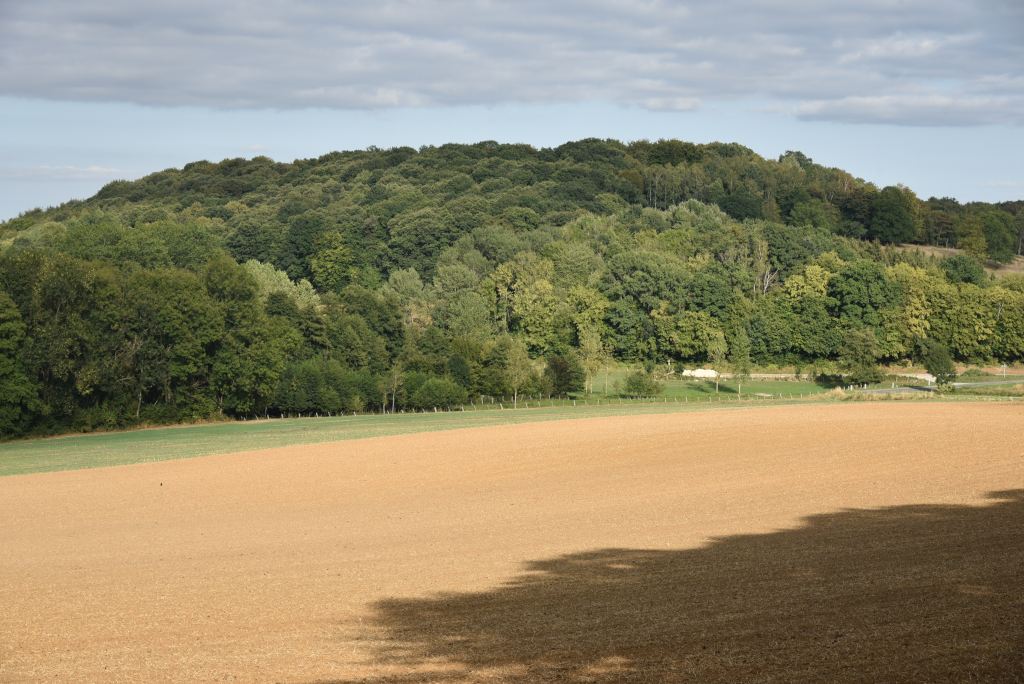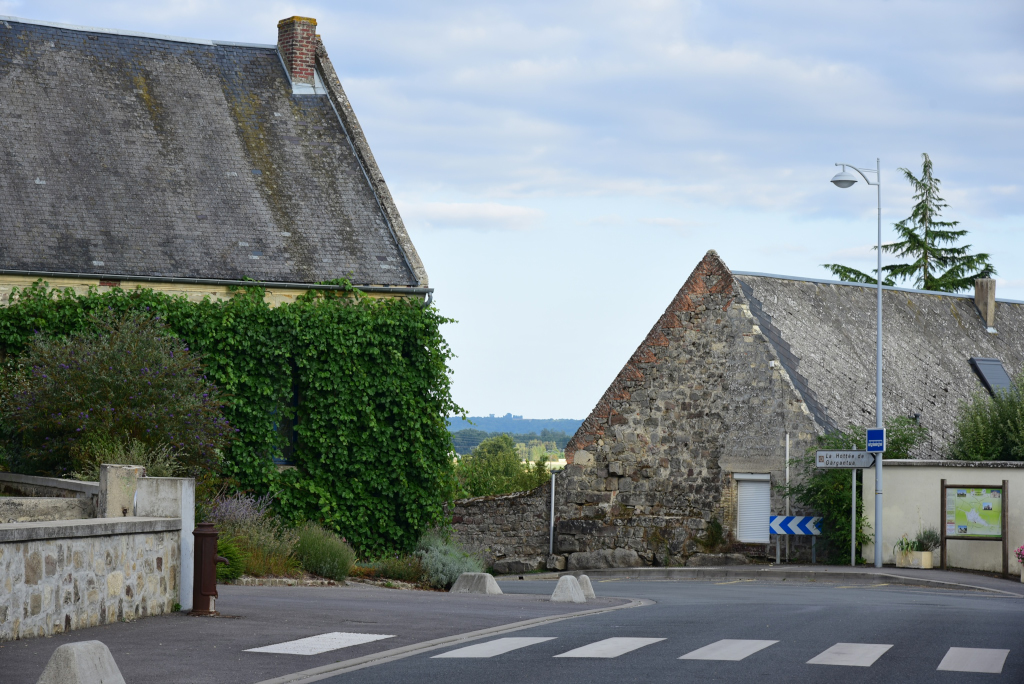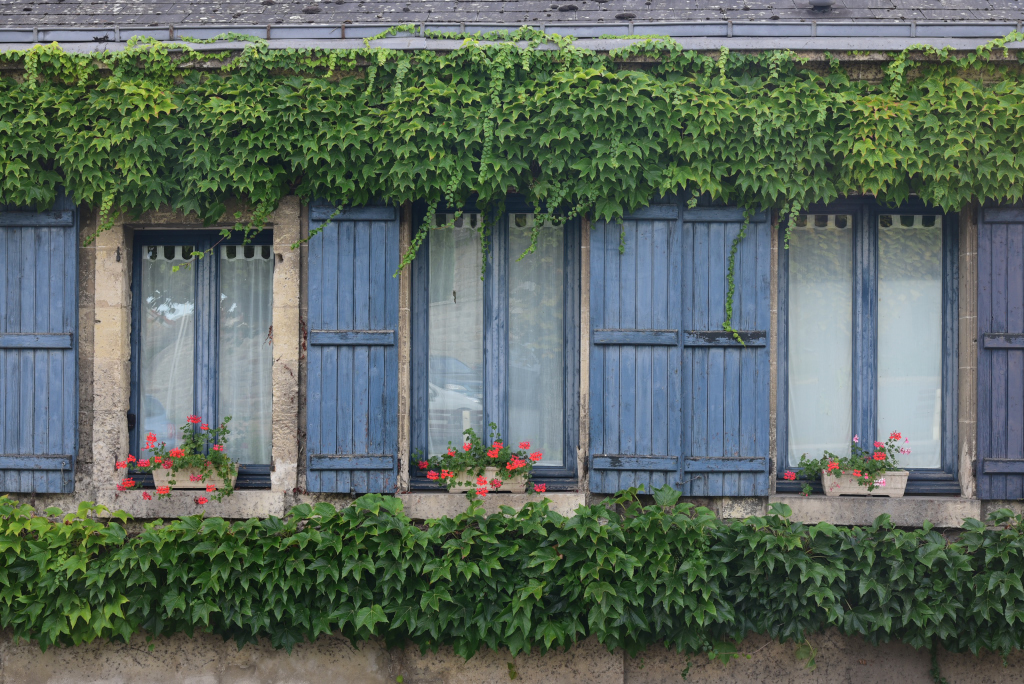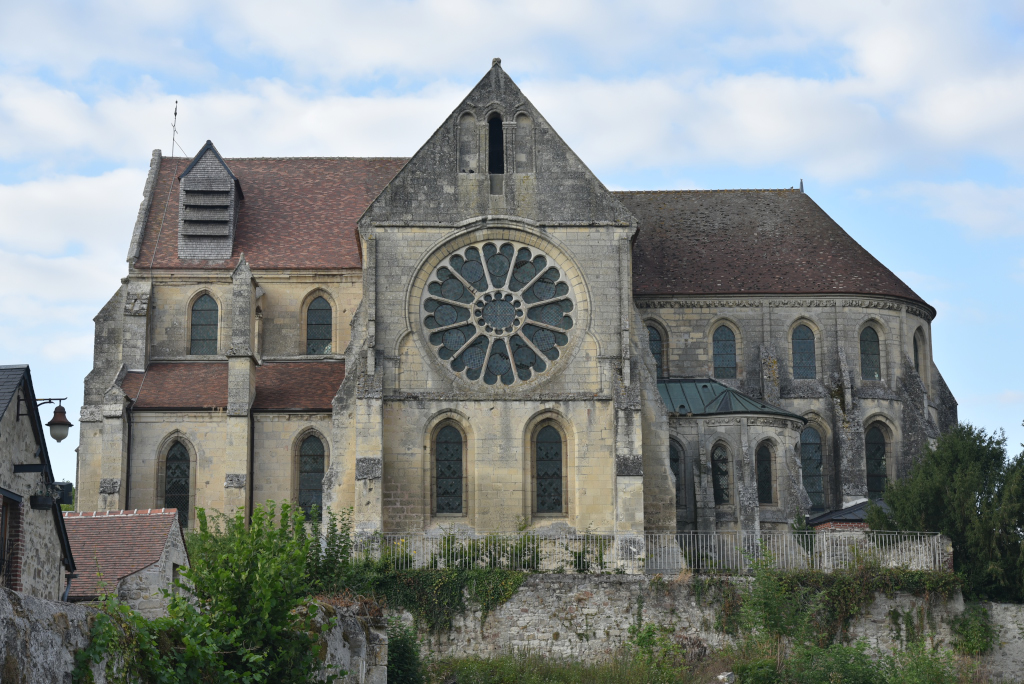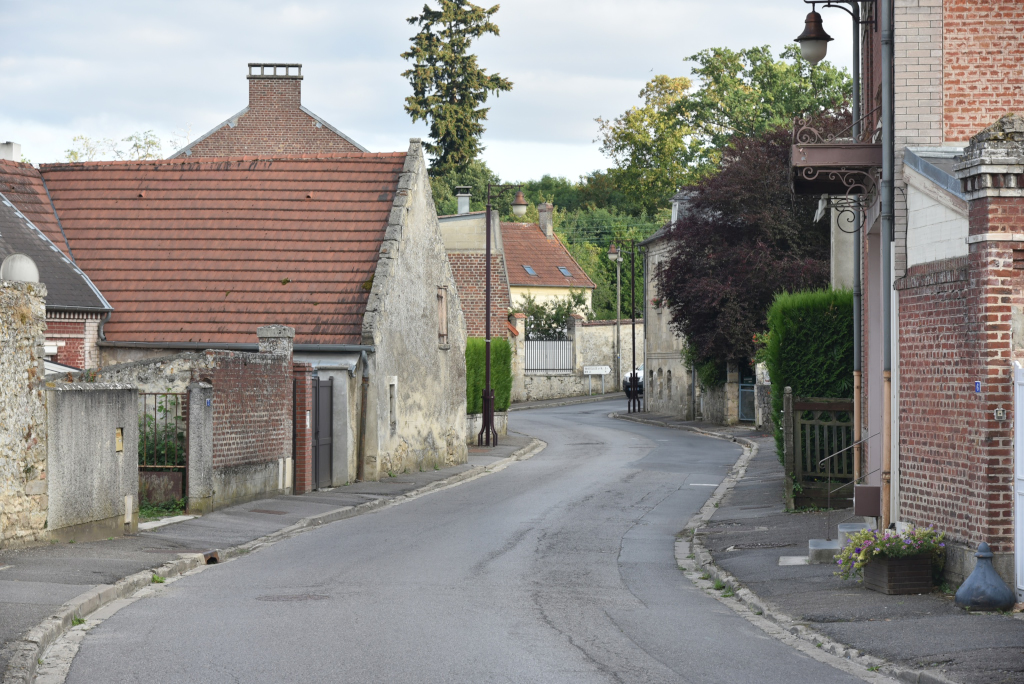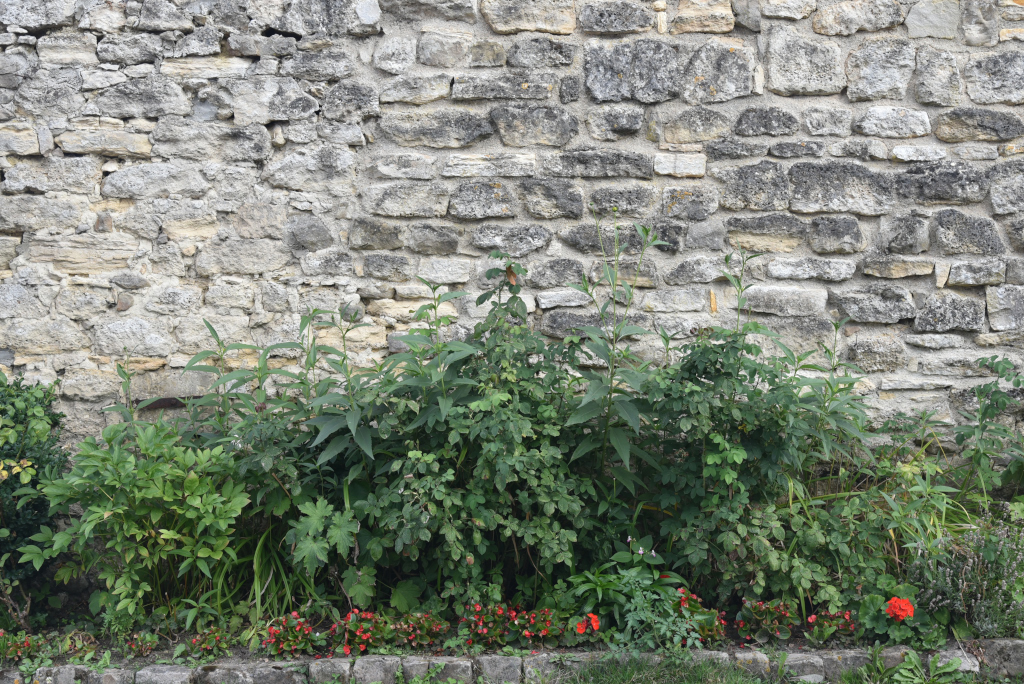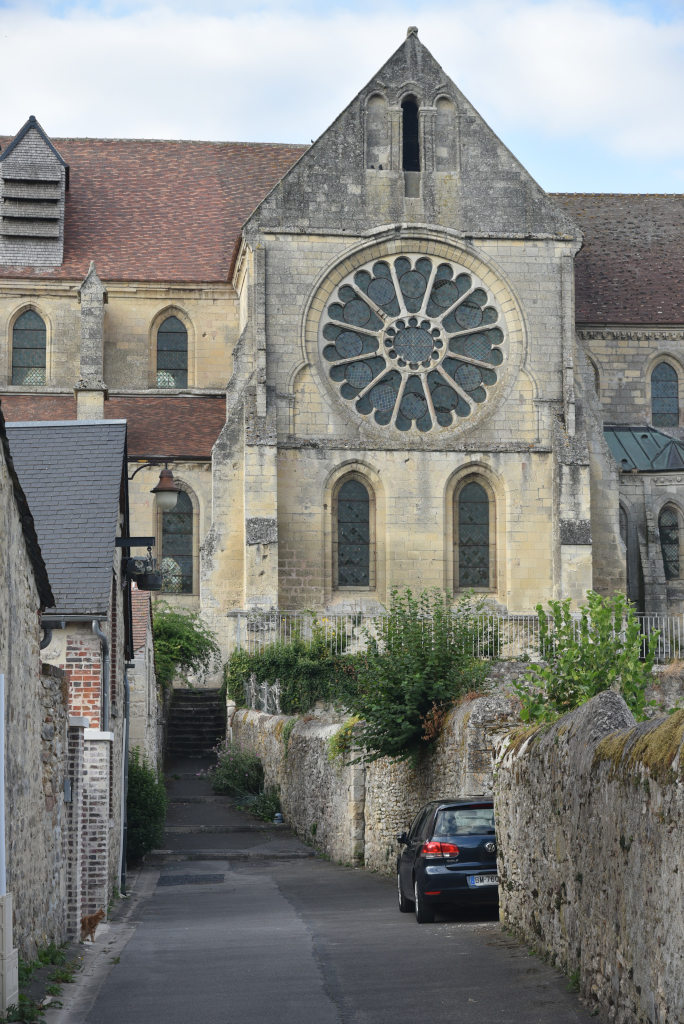August 21, 2018
One last jaunt through the centre of Saint Quentin before embarking on another long day’s journey, rich in colourful towns and picturesque countryside, but also increasingly hilly and hence also challenging for a cyclist traveling with heavy pannier bags. Ostentatious Beaux Arts palaces ring the main square of the town and its cafes, hearkening to an even far earlier era. And yet interspersed in the rigid aesthetics of the latter part of the 19th century are intriguing boutiques housed in buildings rich in Art Deco embellishments and whimsical graffiti.
I rise up to a broad plateau typical of the Picard landscape, the town of Saint Quentin receding behind me. Further on, the narrow winding road passes through quaint towns such as Itancourt and Moÿ-de-l’Aisne, the open landscape closing in on dense copses of green and meandering canals. I continue south towards the narrow Oise river, weaving in dense serpentines southwest towards Compiègne, and somewhere along the convoluted riverbanks cycle further southwards towards my final destination of Laon.
Modest Mayot is sheathed in red brick, its Flemish functionality stark and yet amended by clusters of bright flowers that lend surprising touches of beauty to the town’s plain aesthetics. Then outside and beyond, I emerge again onto the broad plains, tracts of green set against patches of brown, and speckled with the otherworldly vision of the slender ivory wind turbines in the distance.
La Fère is a surprising and dramatic departure from the small and almost inconsequential villages that precede it, stately, lined with fading regal manor houses, with expansive administrative complexes that would seem to recall an importance dating to the the times of monarchy. It turns out the town achieved importance for the military regiments which were dissolved in recent times, a similar story that has affected numerous towns of its nature in France, their former glories reduced to mere memories in contemporary times.
But La Fère was more than just a garrison town over the last few centuries – it was the crossroads of relatively historic events dating back over a thousand years, including the death of King Eudes I in 898, at the end of the 11th century becoming a fiefdom of the seigneurs of Coucy, powerful rivals of the Capetian monarchy, and in the early 16th century, the fiefdom passing into the hands of Antoine de Bourbon, father of Henri IV, first king of the Bourbon lineage. The town became a staging ground for battles in later centuries, and also achieved literary mention in Alexander Dumas’ ‘The Three Musketeers’.
On the final leg of the journey, I rise into the Forêt Domaniale de Saint-Gobain, a lush forested area to the west of the city of Laon, dramatic in its serpentine roads weaving through the densely forested hills, but also painful after a long day of cycling, particularly after making a few false turns. On the other hand, the landscapes are beautiful, the air is fresh, and the small and pretty villages poised at the crest of hills or embedded deep in the woods are the image of mystery and romance, foretelling the drama of the ancient city that awaits me at the end of my journey.
